THAI TRADITIONAL DRESS: ชุดไทยโบราณผ้าลายอย่าง | THAILAND 🇹🇭
โพสท์โดย"Siamese chintz" or Pha lai yang: ผ้าลายอย่าง
📸 Credit: วิฏฐะยา วิทยา ผ้าอย่างเทศ.
✦ The most popular "Pha Lai Yang: ผ้าลายอย่าง" or Indian chintz made to order for the Siam royal court.
✦ Textile is a key to many aspects of Japanese culture and it addresses the history of the people. The subject of ‘Sarasa’ (Chintz) is extremely broad and requires extensive research. This talk concentrates on ‘Shamu-Sarasa’ (Siamese Chintz) in Japanese tradition.
✦ According to a Thai Royal chronicle, the ‘Indian painted and block-printed textiles of Siamese design’ (Siamese Chintz) although produced in India, were designed by court artists in Siam.
——————•♦•——————
✦ Indian textiles have long roots in Thai history which supported by actual evidence and by stories of various groups of people. Though Indian wearing style has influenced people who lived in the area of today Thailand since the early historic period, the earliest evidence documenting the existence of imported Indian textiles is from the early 16th century of Ayutthaya period.
✦ Muslim merchants who sailed from various ports in western and eastern India brought a variety of textiles to the ports on the west coast of the peninsula in lower Myanmar, from where they were transported to Ayutthaya. These textiles were reserved for use by royalty and courtiers, as royal gifts and for re-export to Japan.
✦ During Bangkok period Indian textiles were still in fashion with royalty and courtiers. The most popular pha lai yang, or Indian chintz made to order for the Siam royal court, show unique and easily distinguished by standard motifs such as Vishnu riding Garuda and deities in different postures. Indian textiles were also used to make tools for Buddhist offerings and as palace décor.



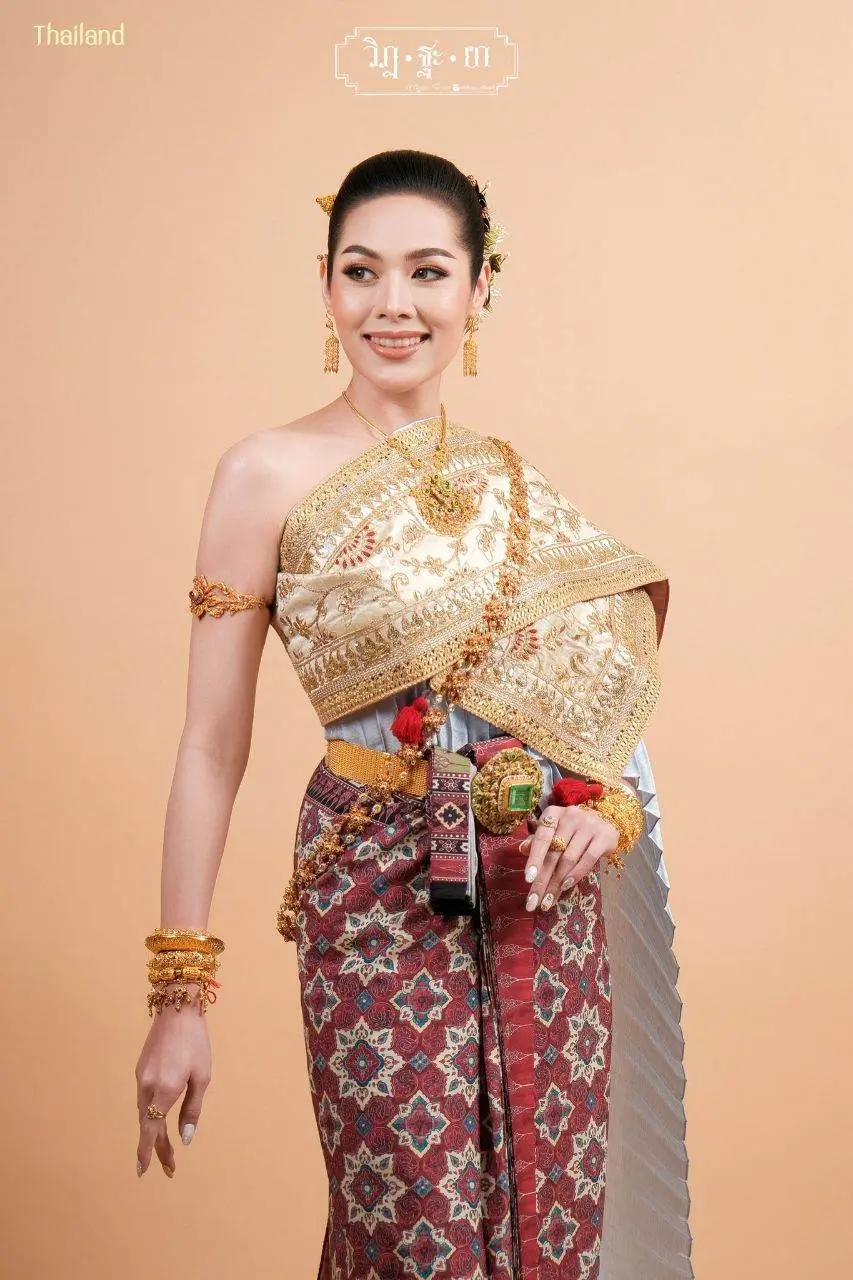
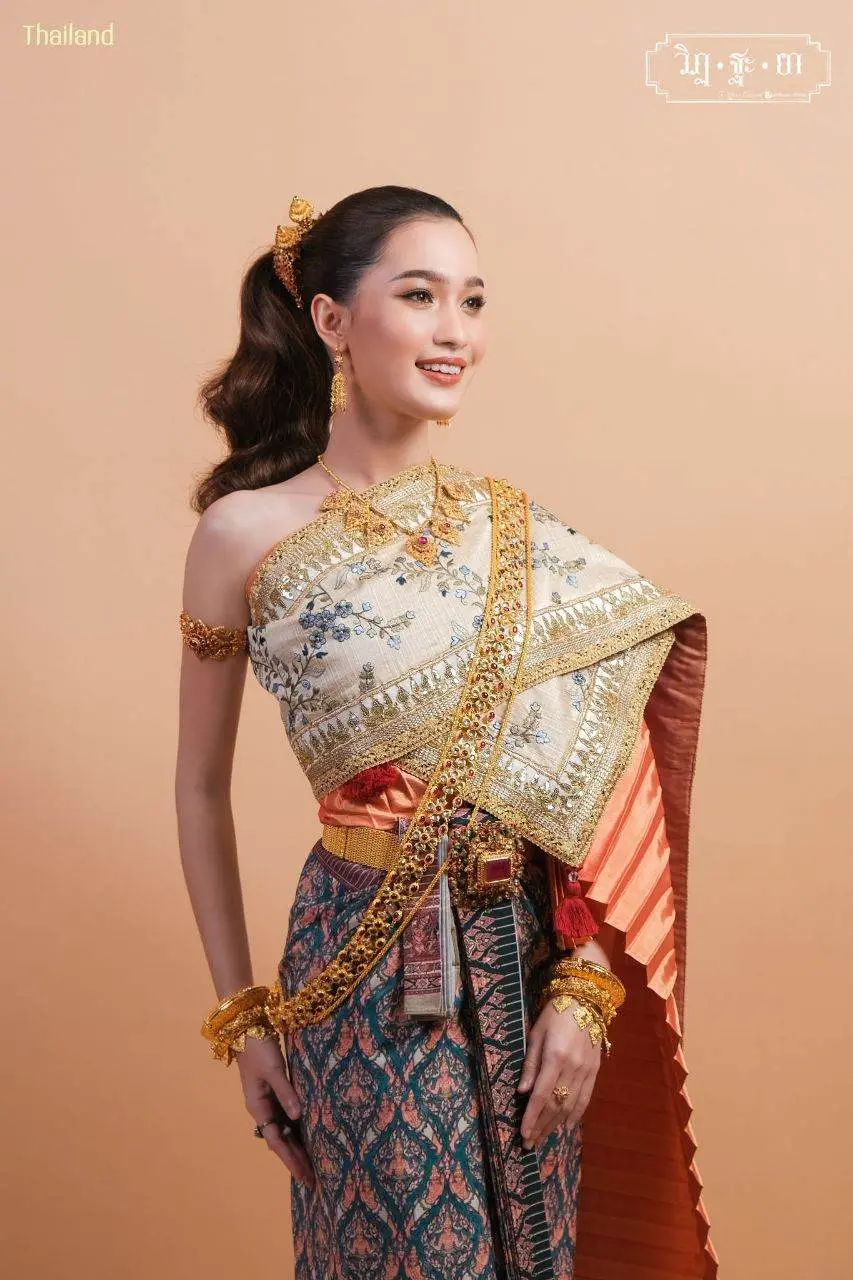
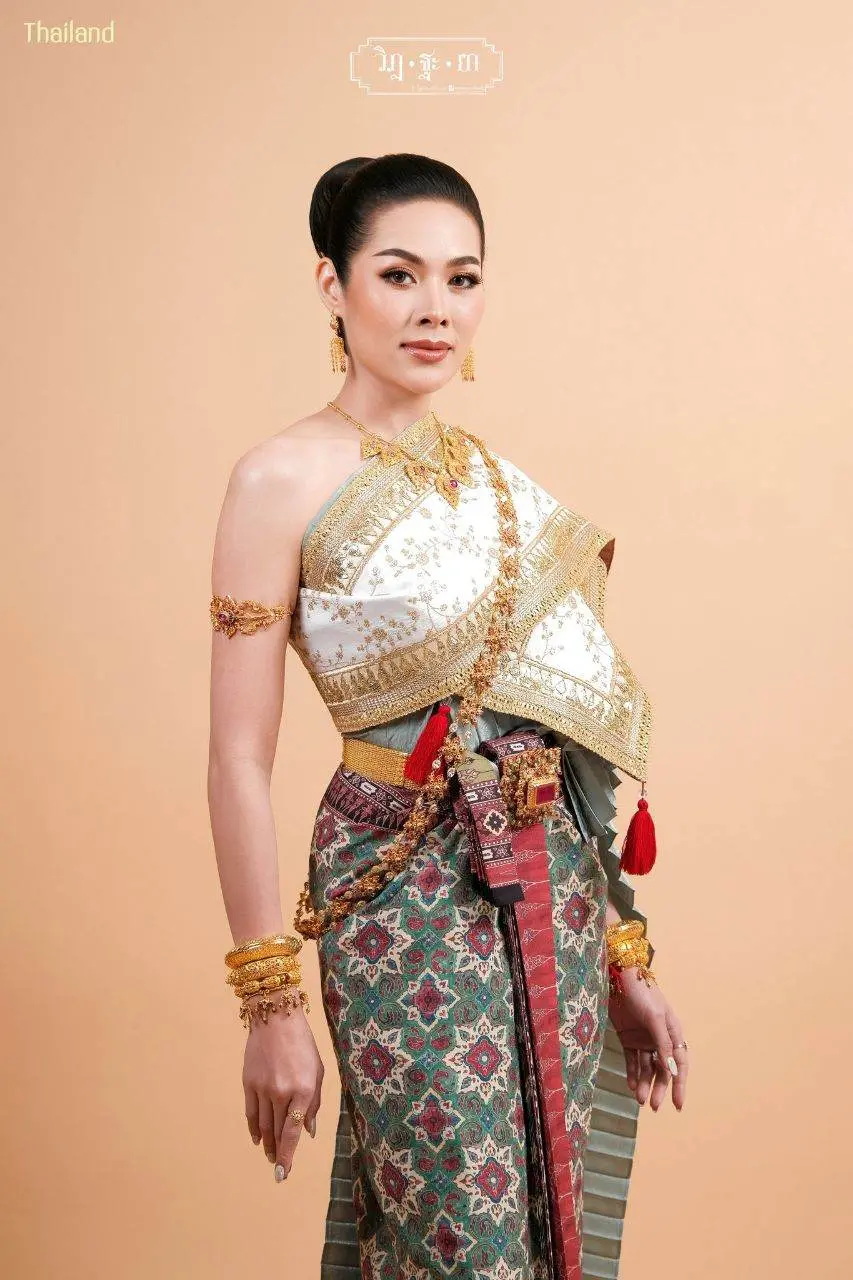
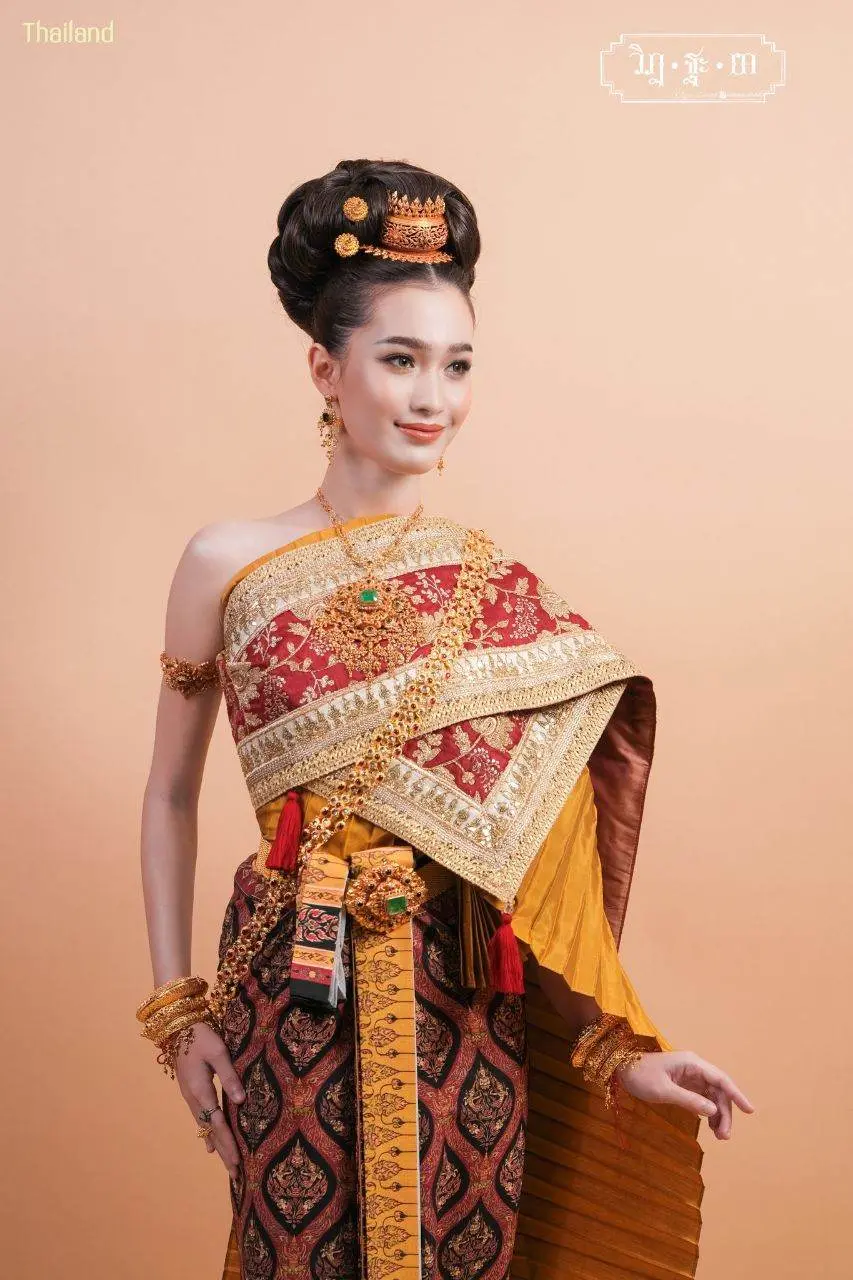
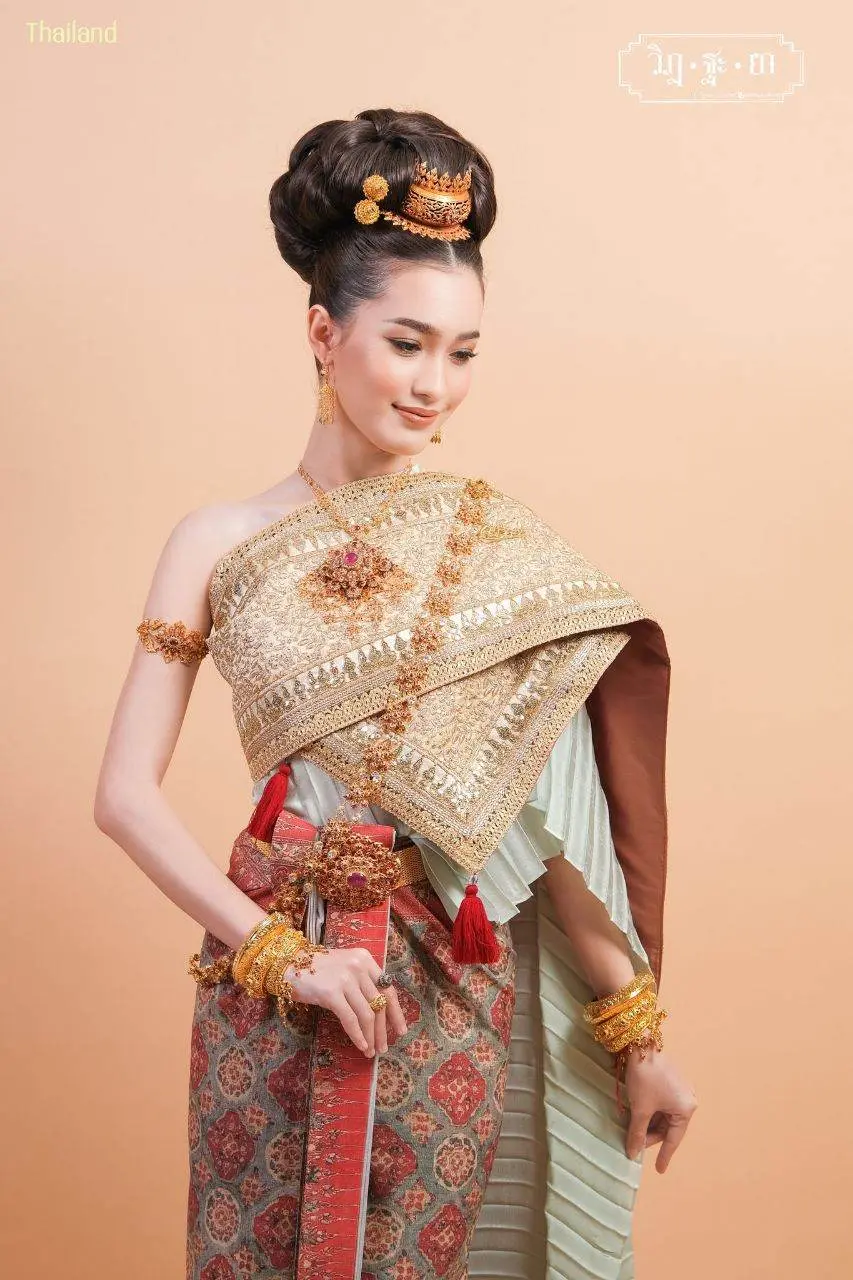
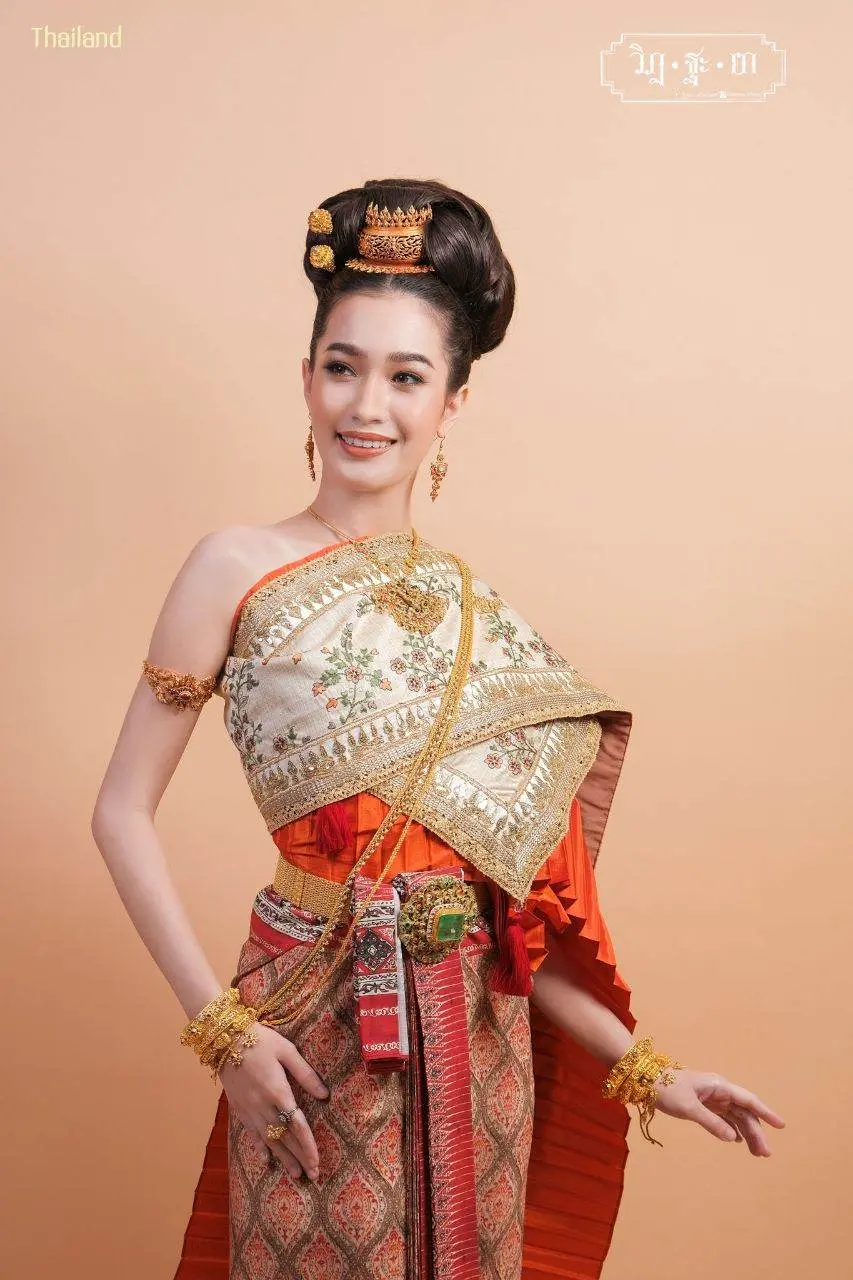
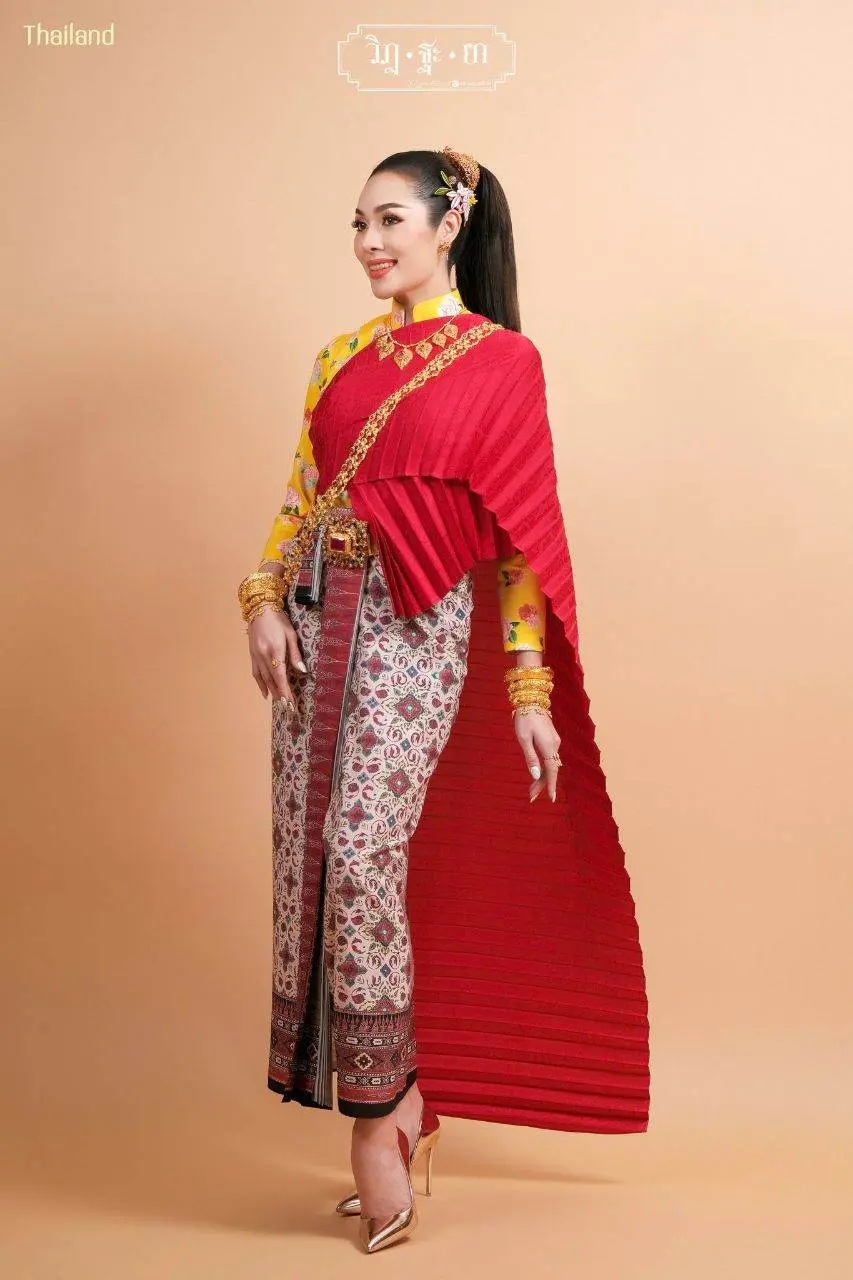
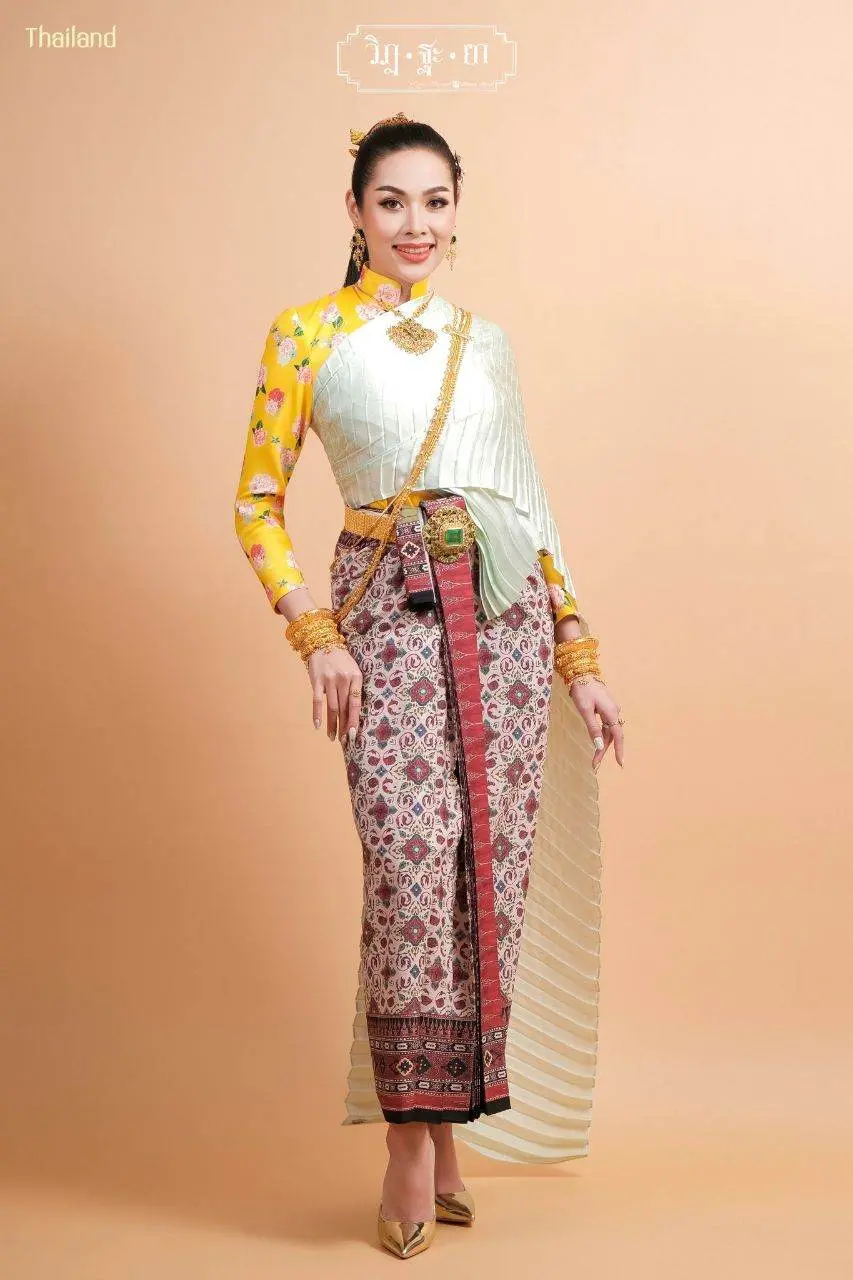
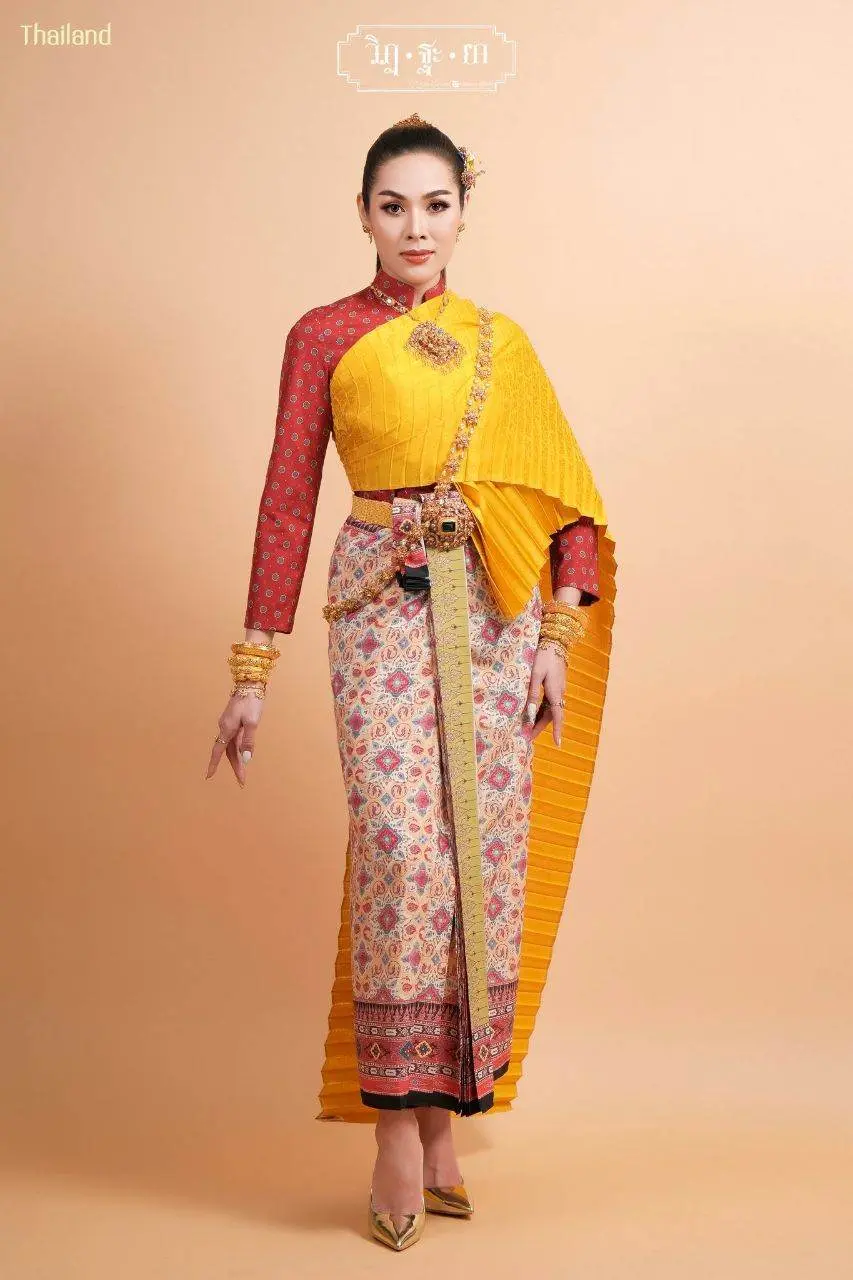
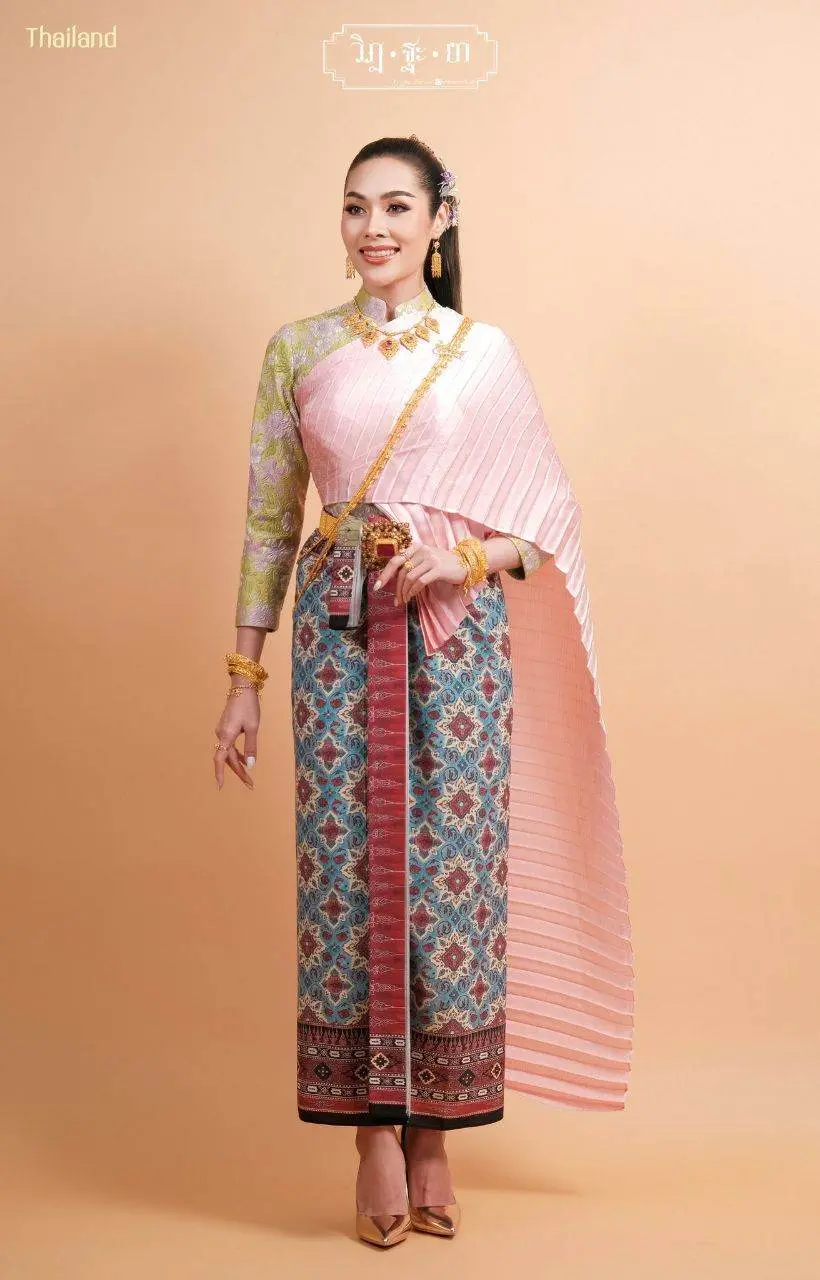
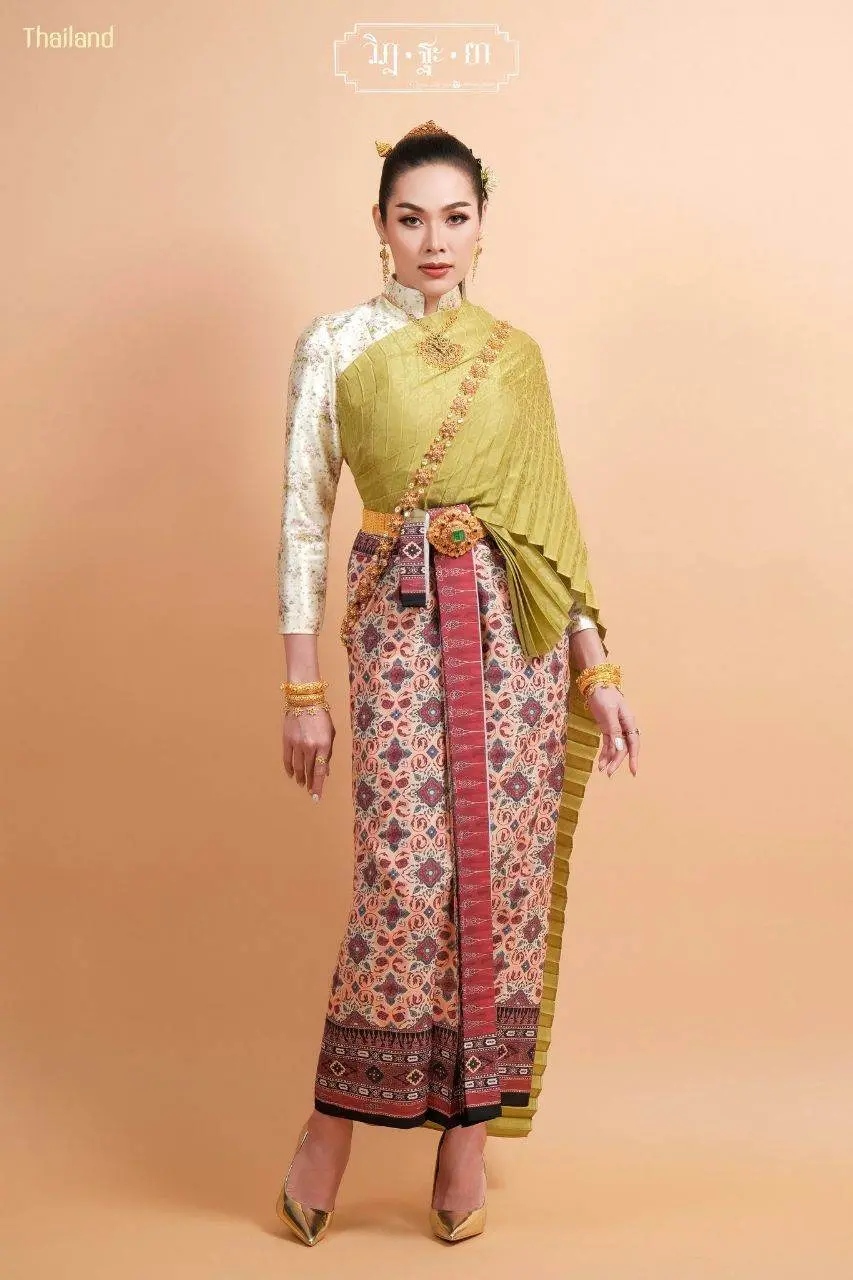
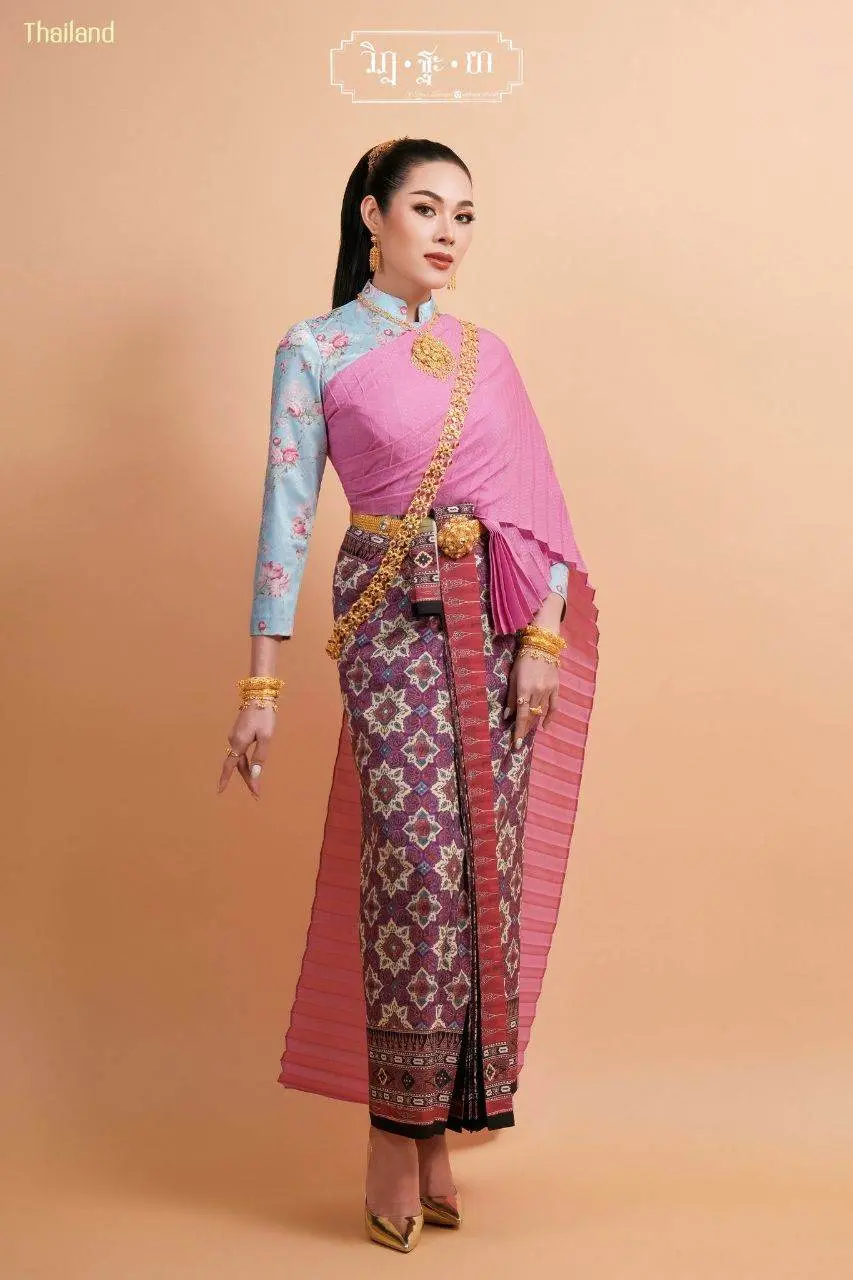
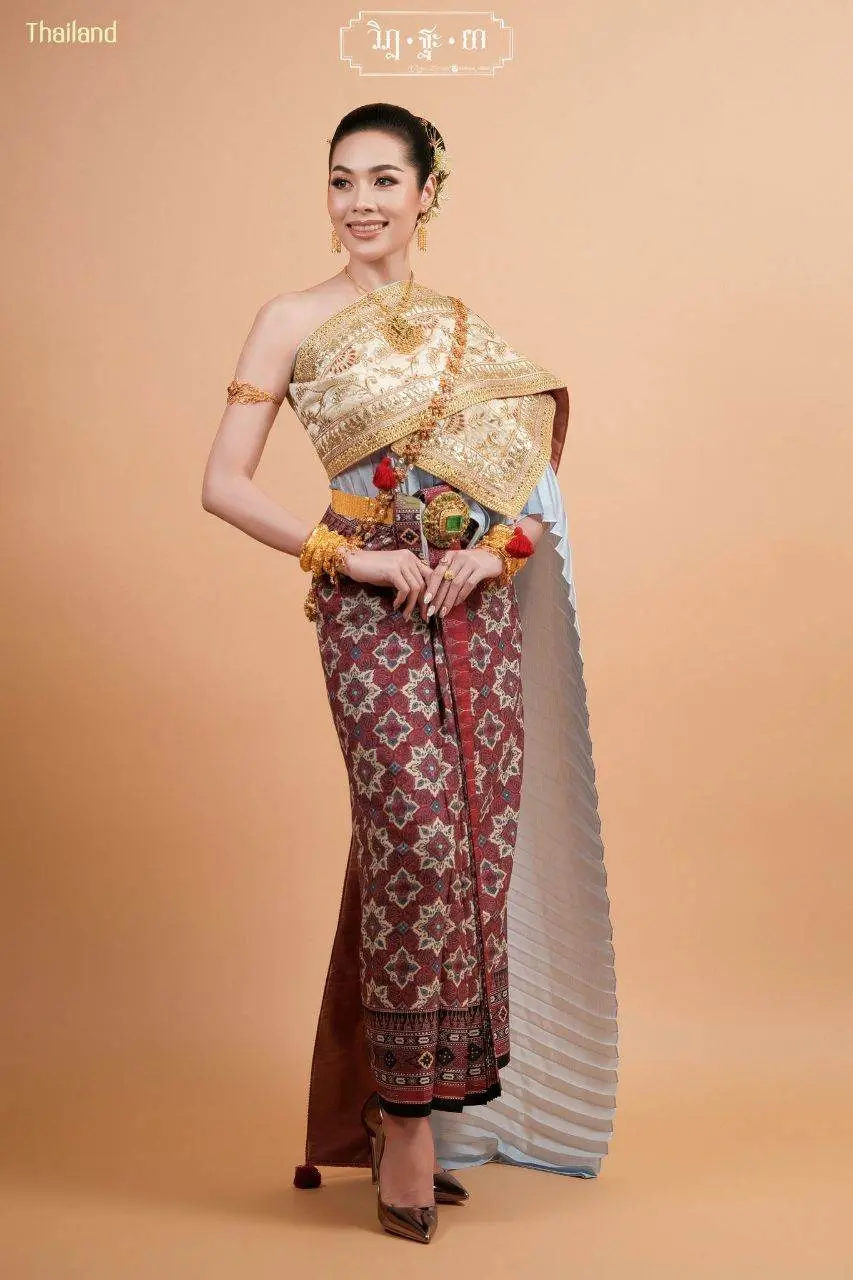
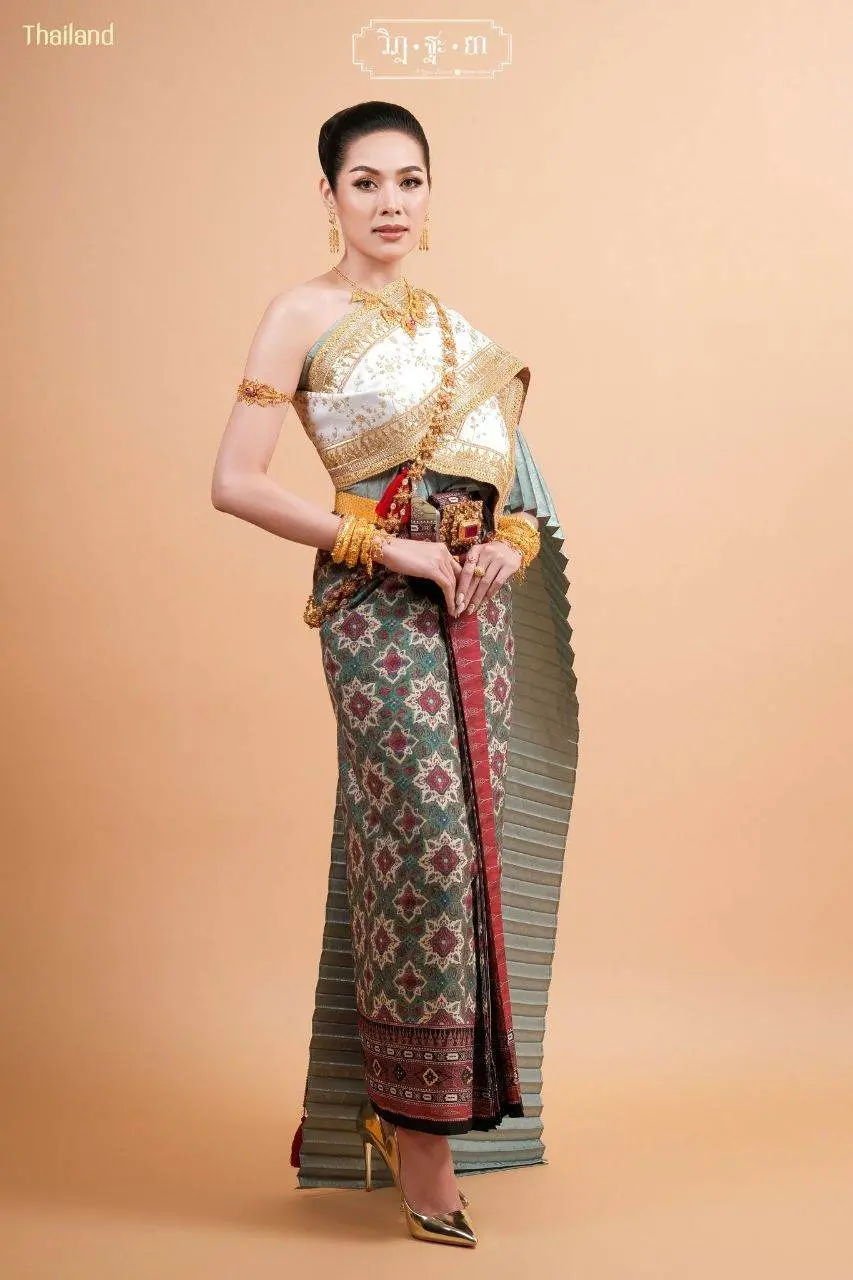
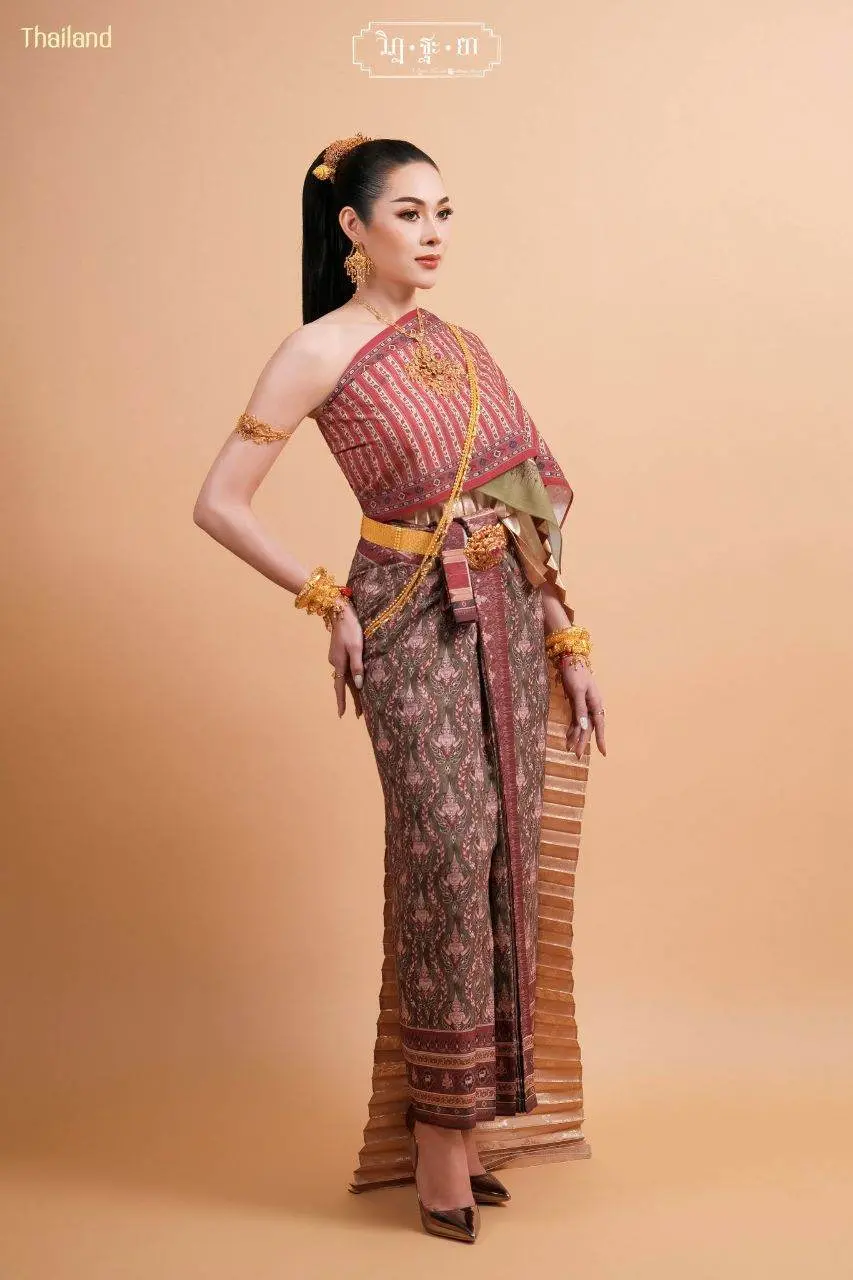
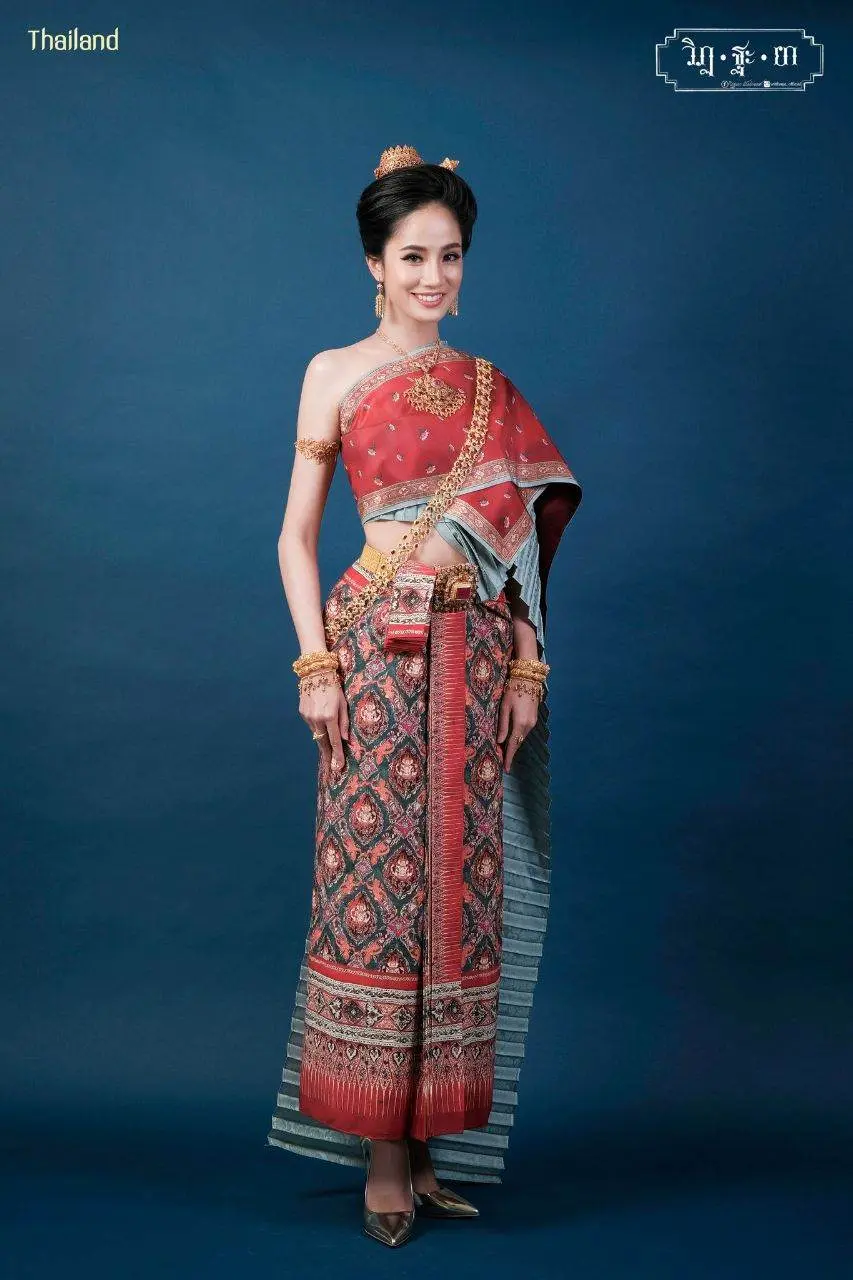
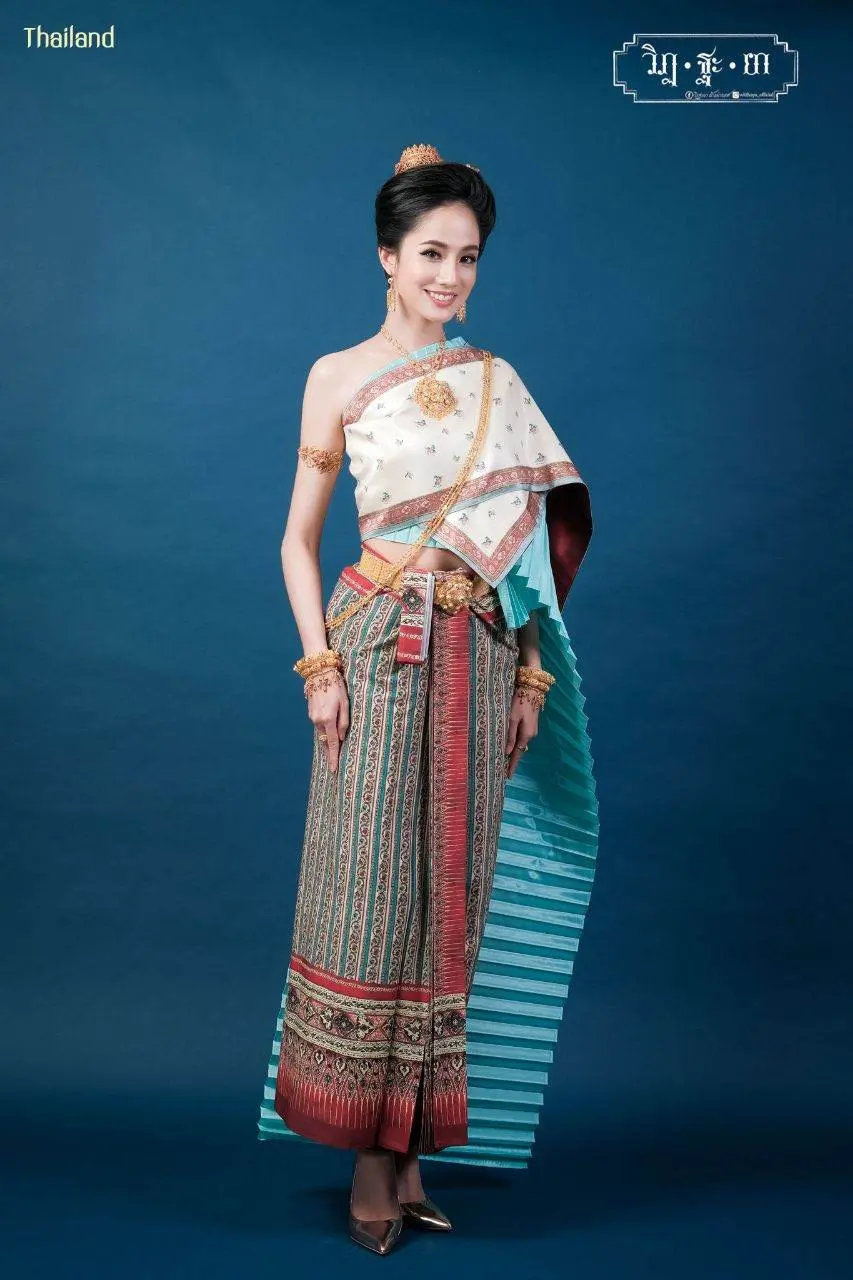
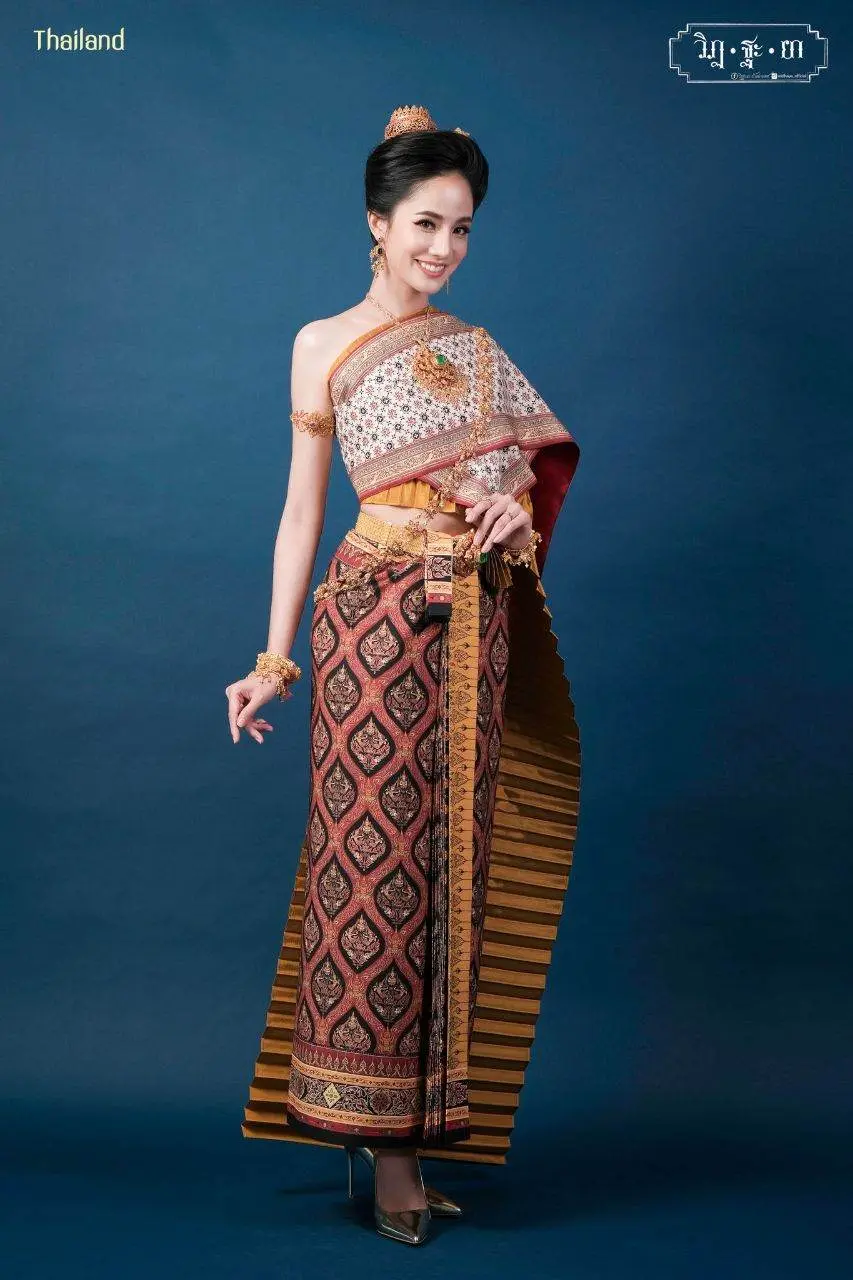
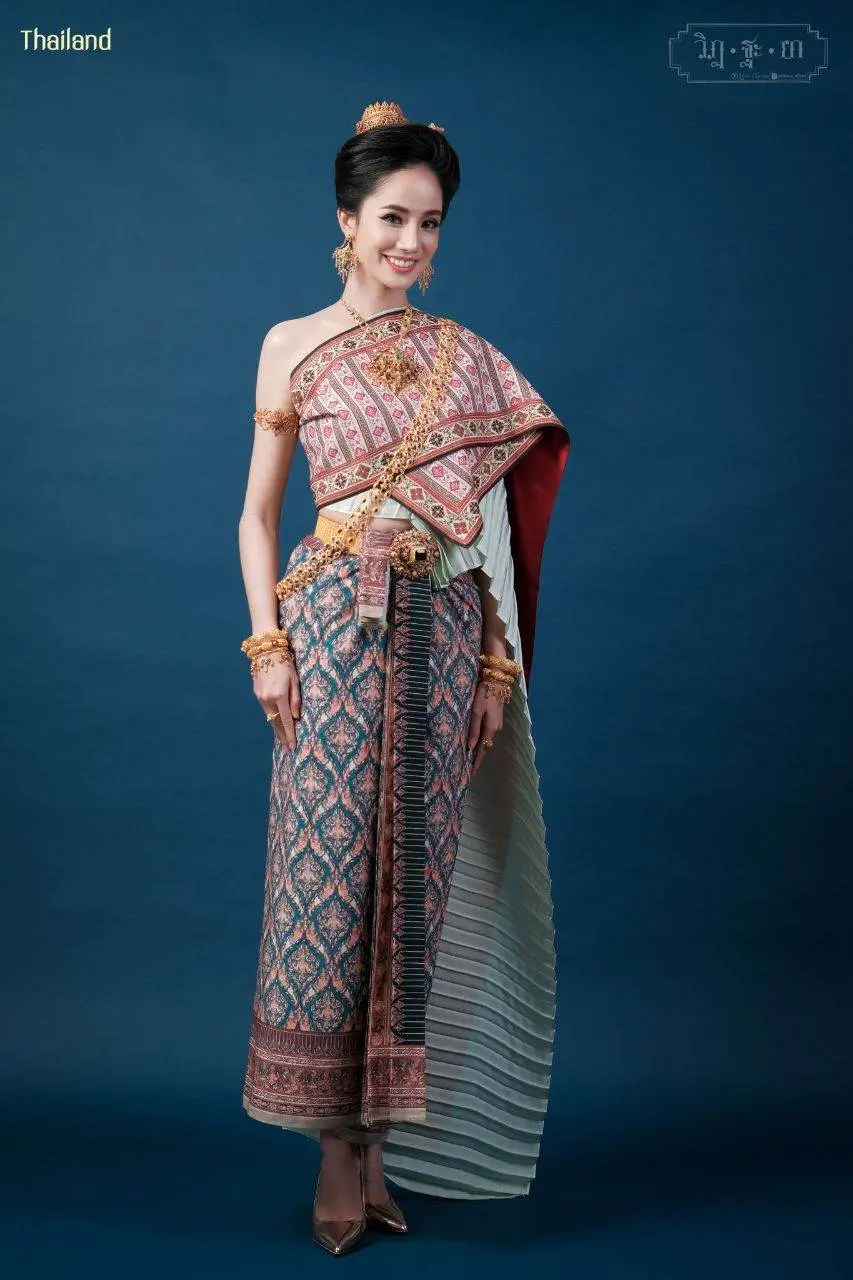
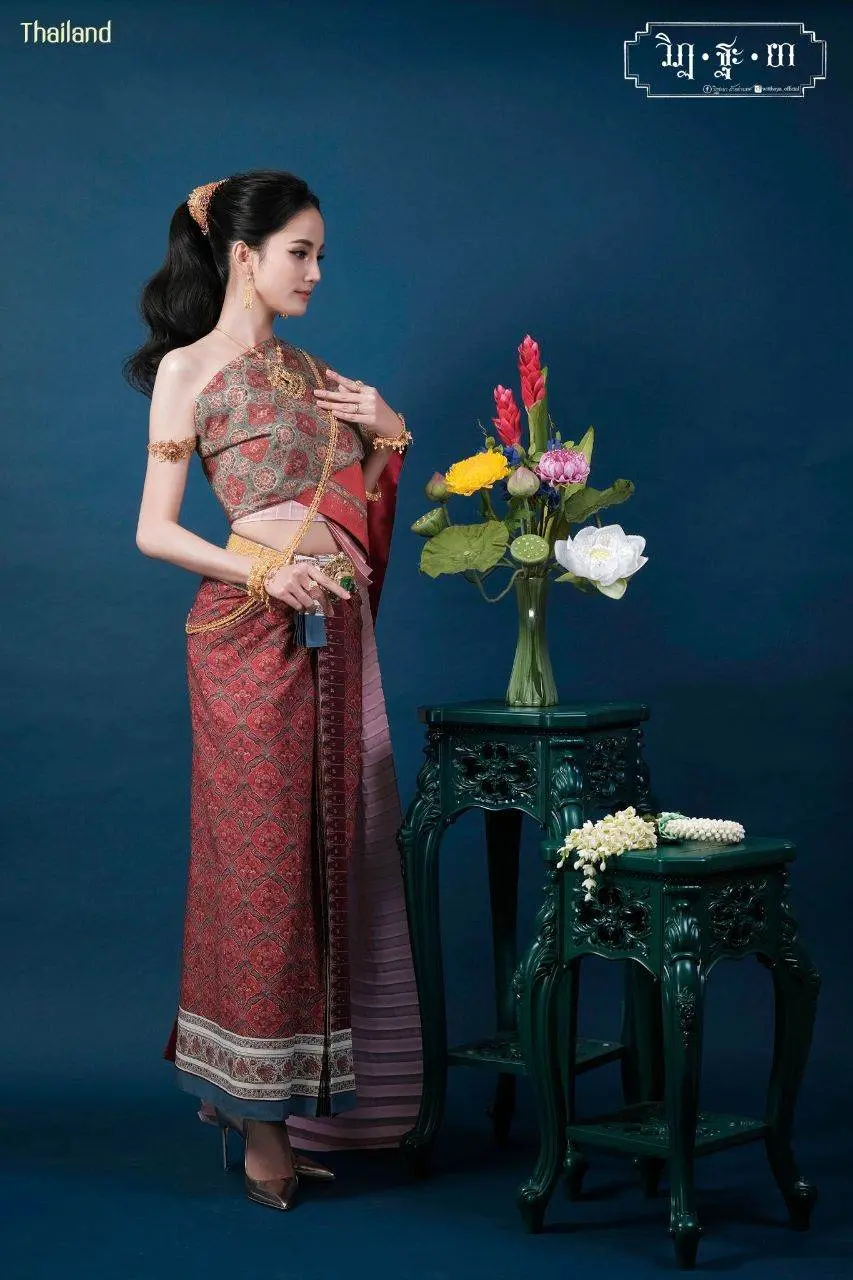
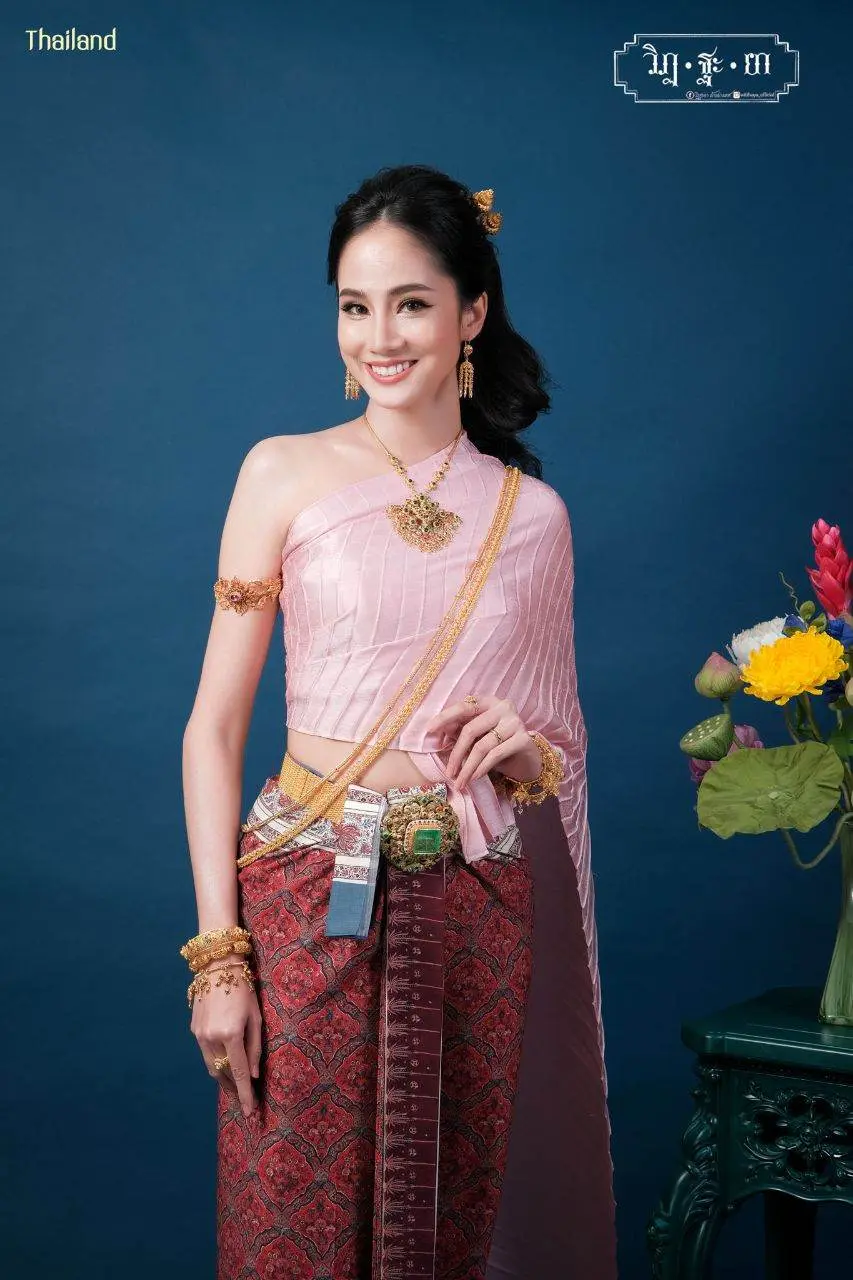
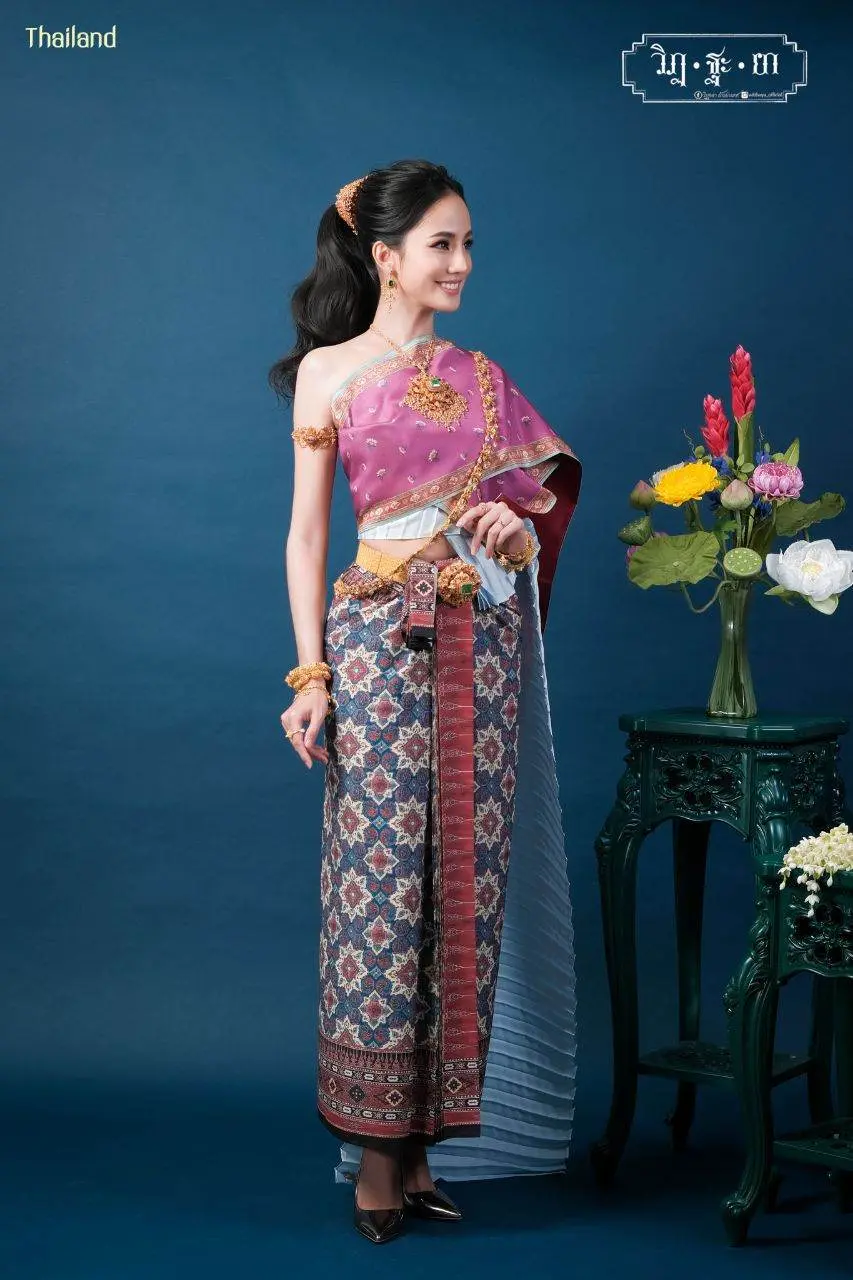
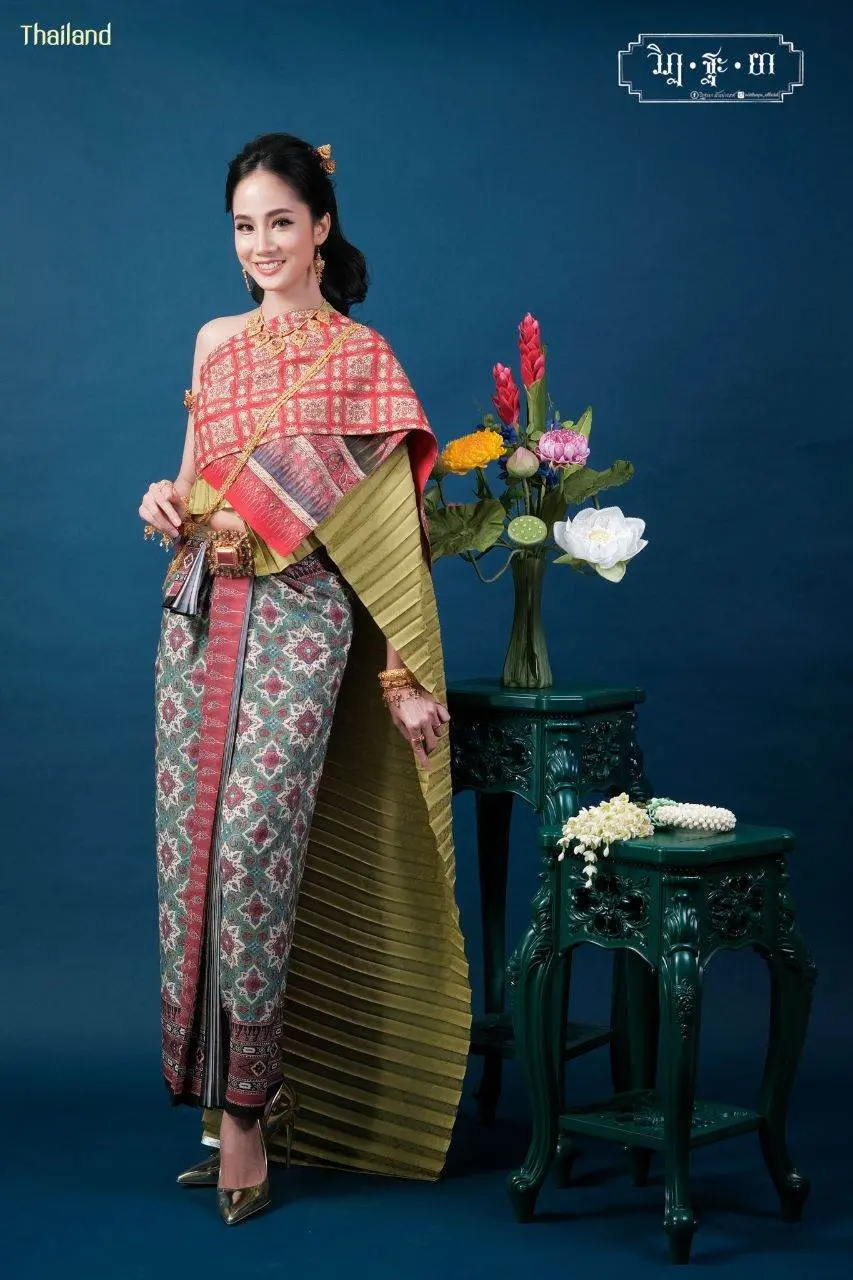
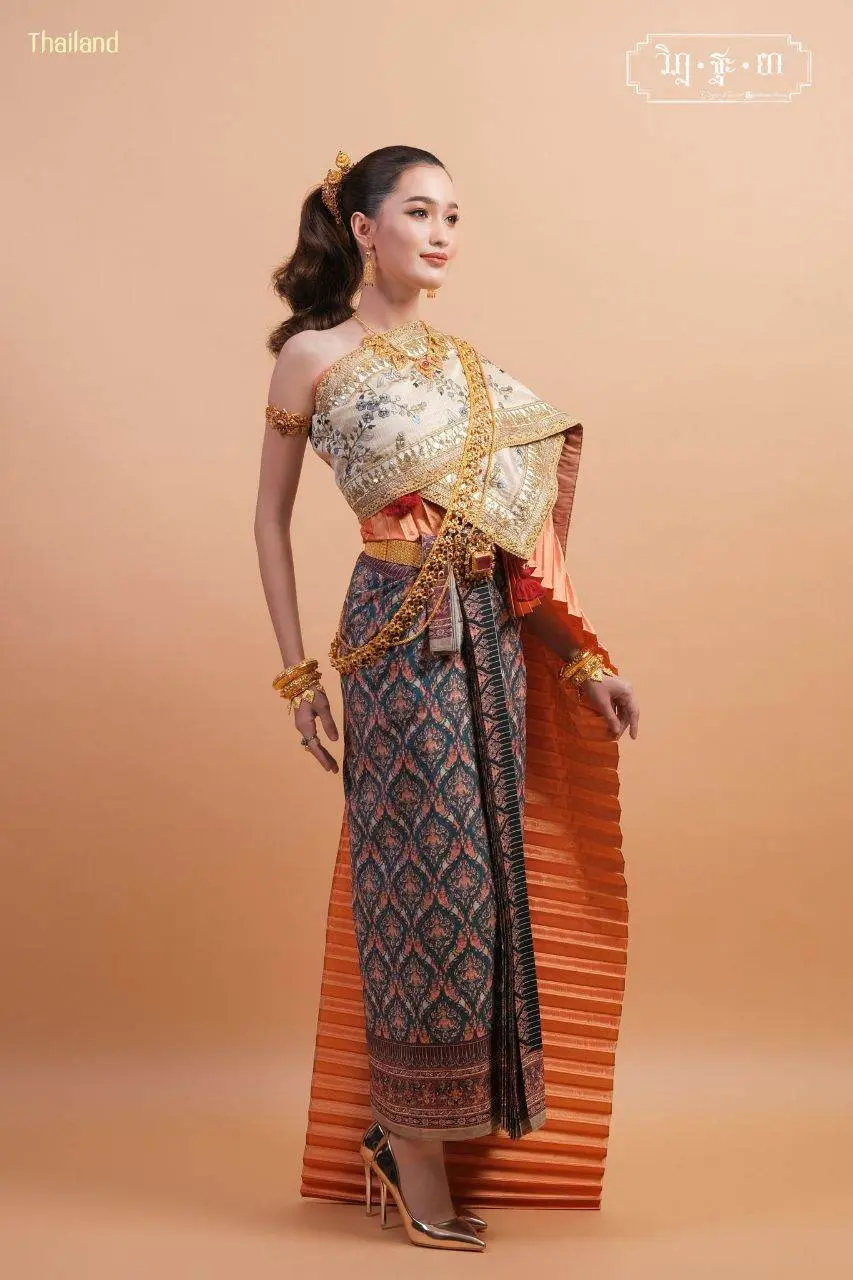
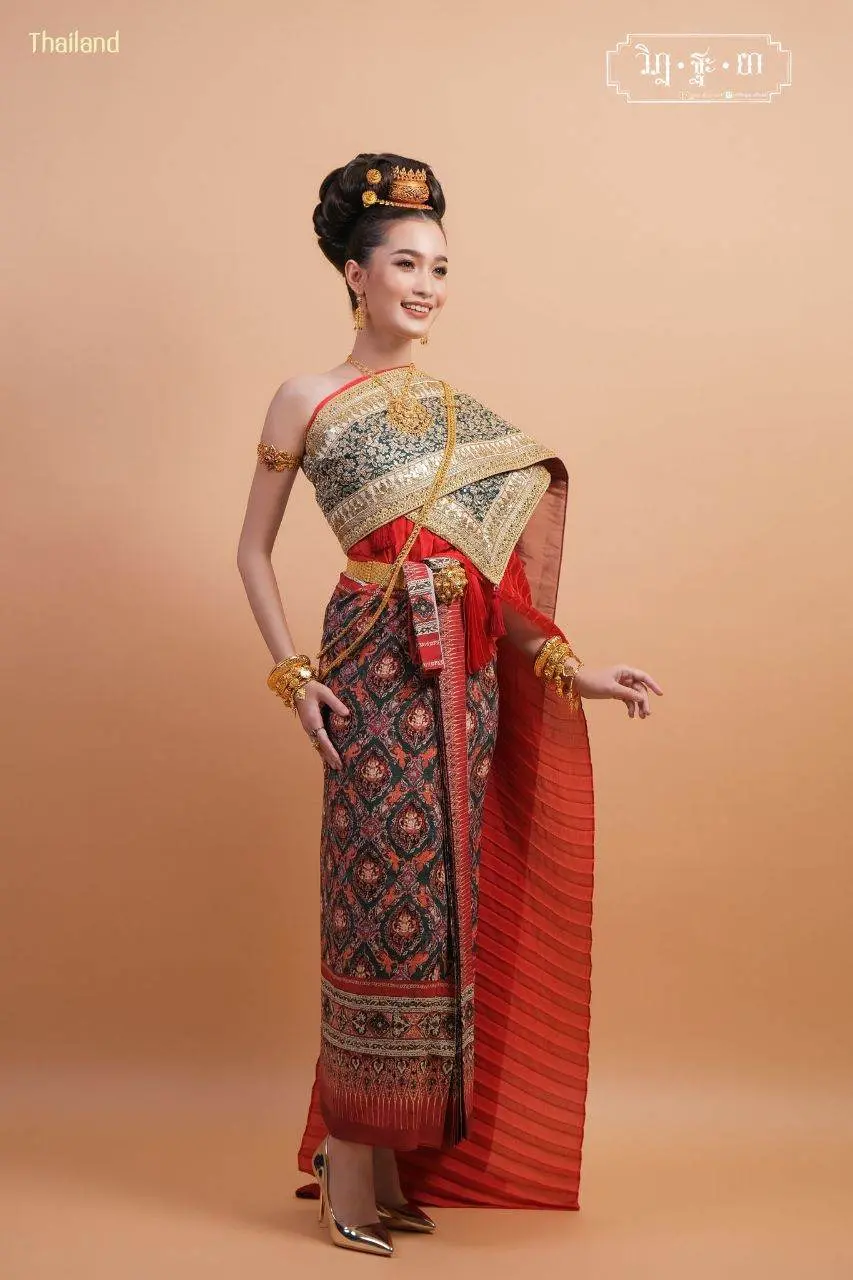
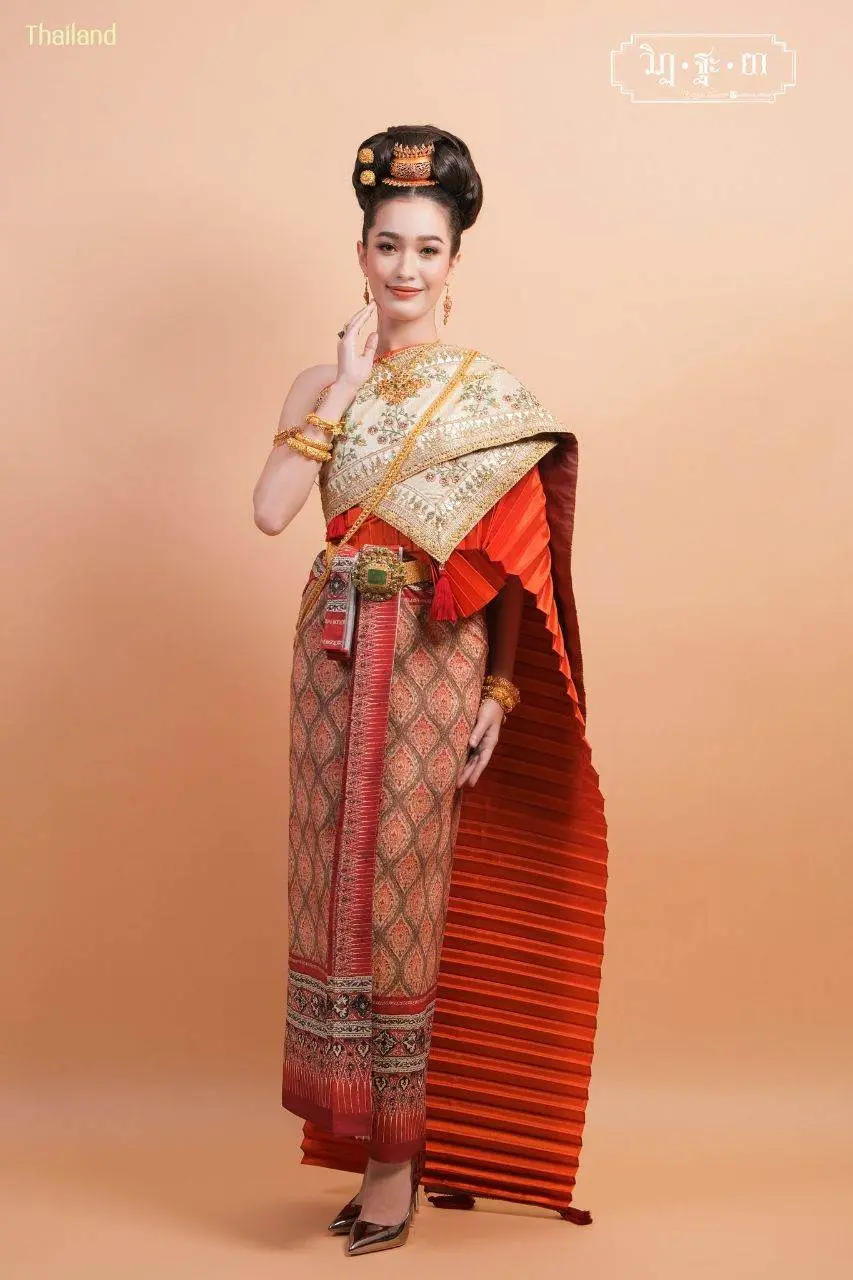
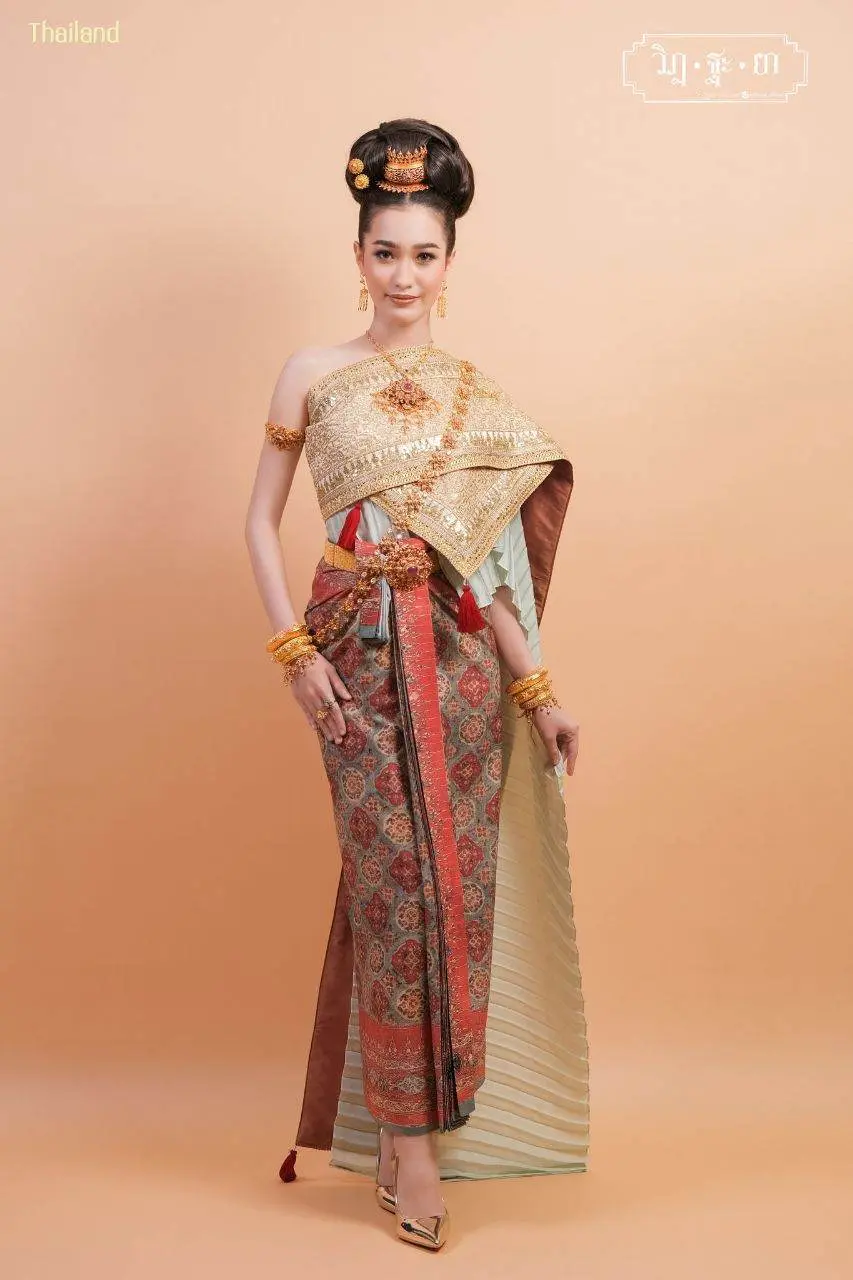
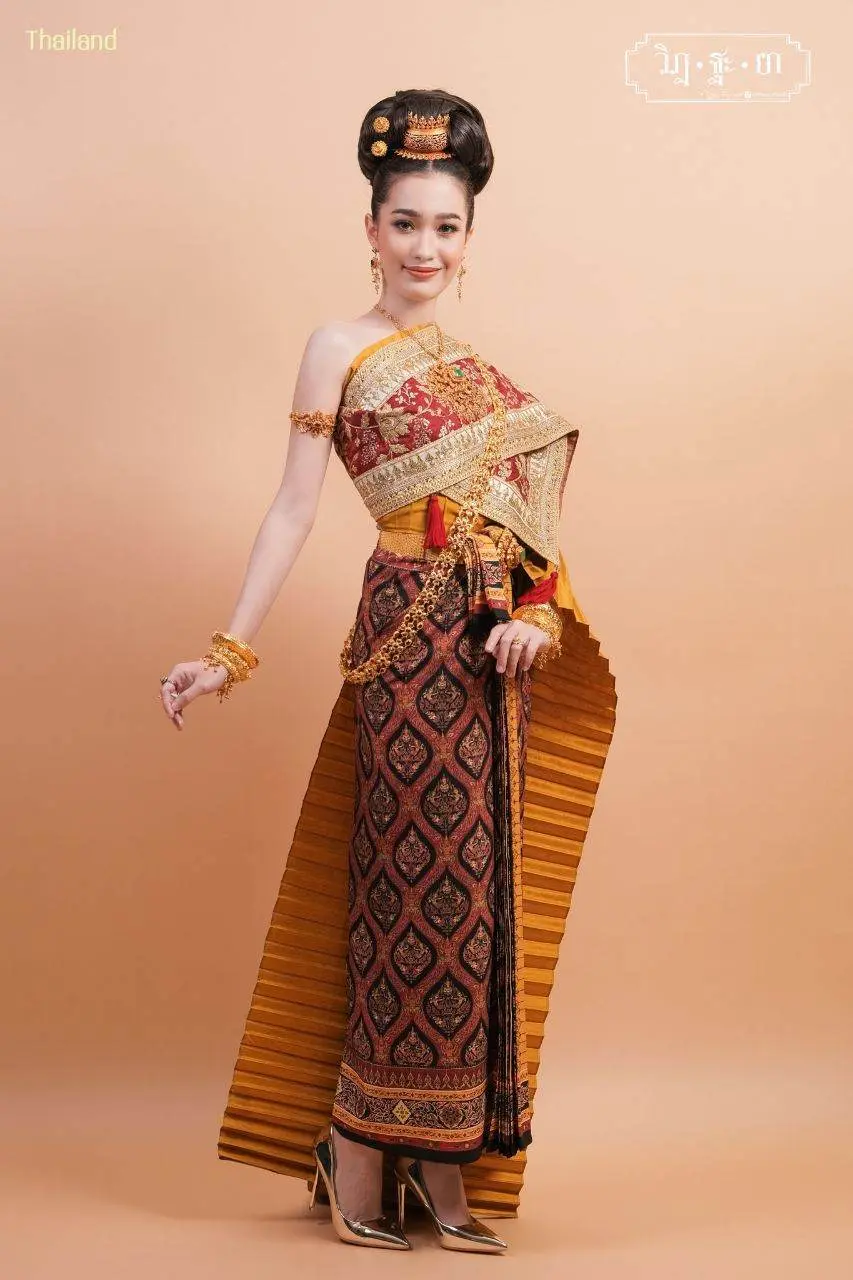
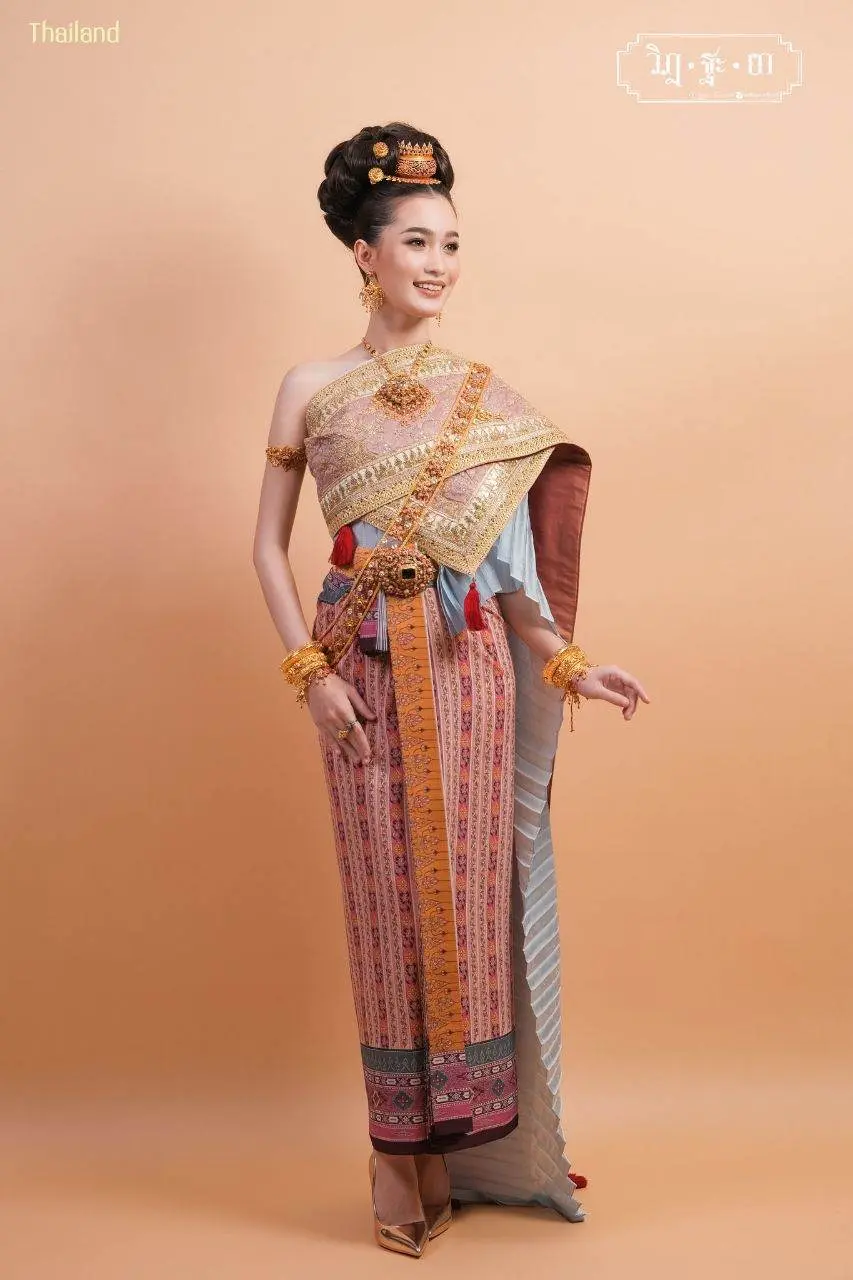
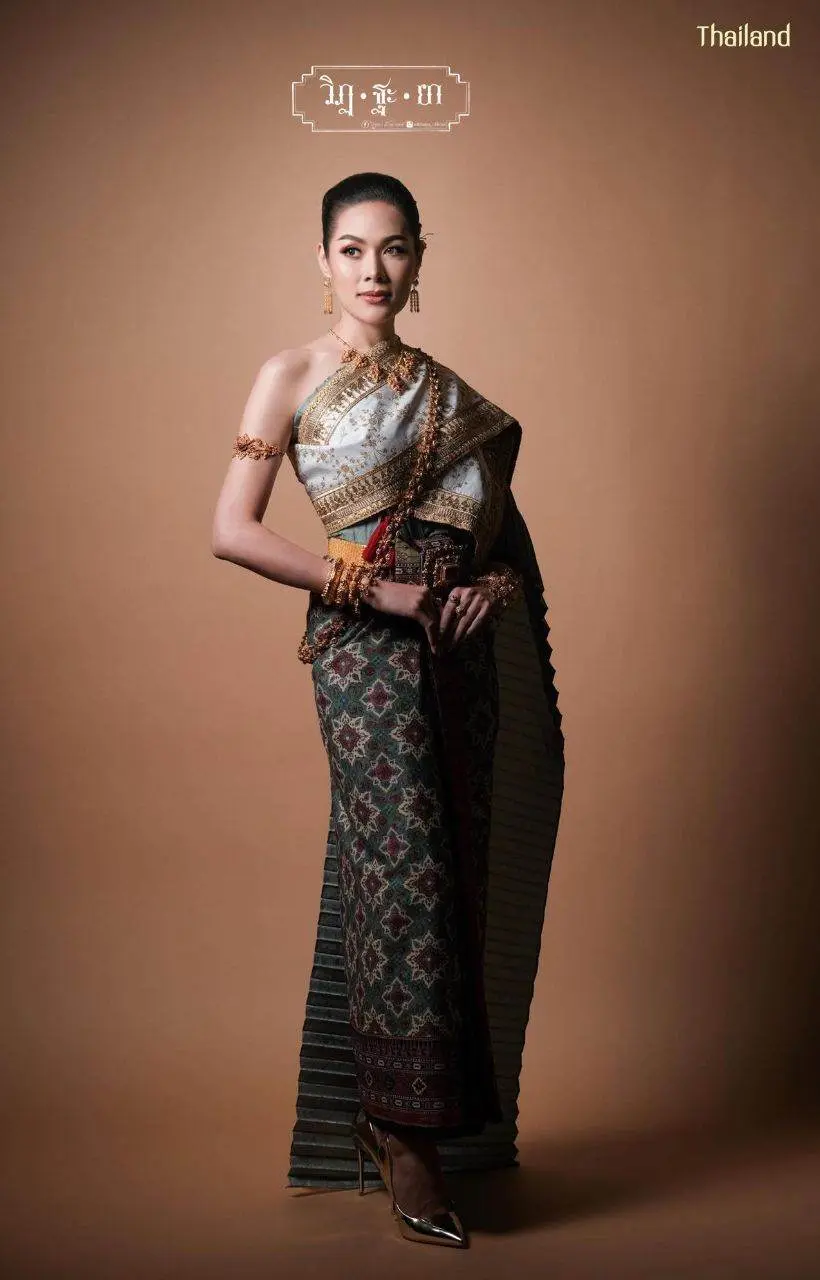
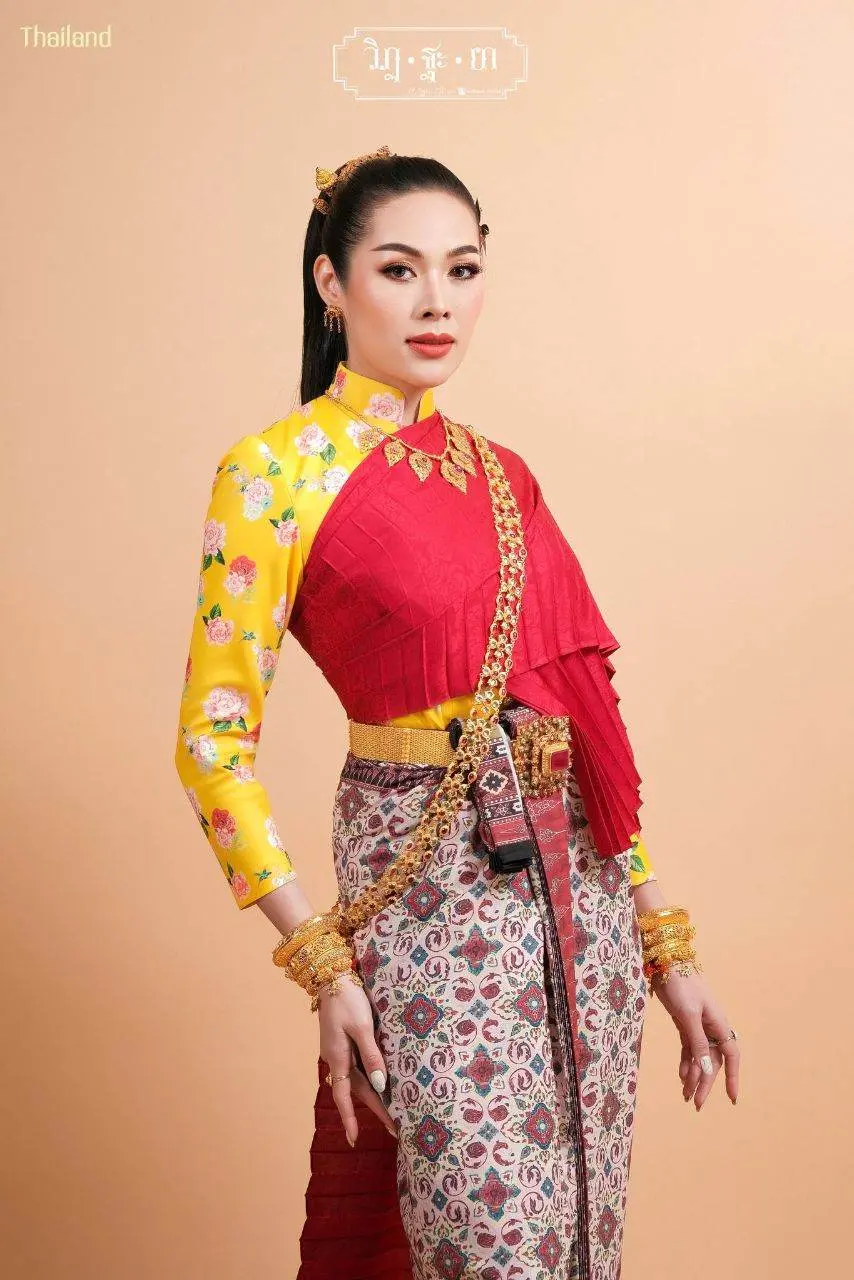
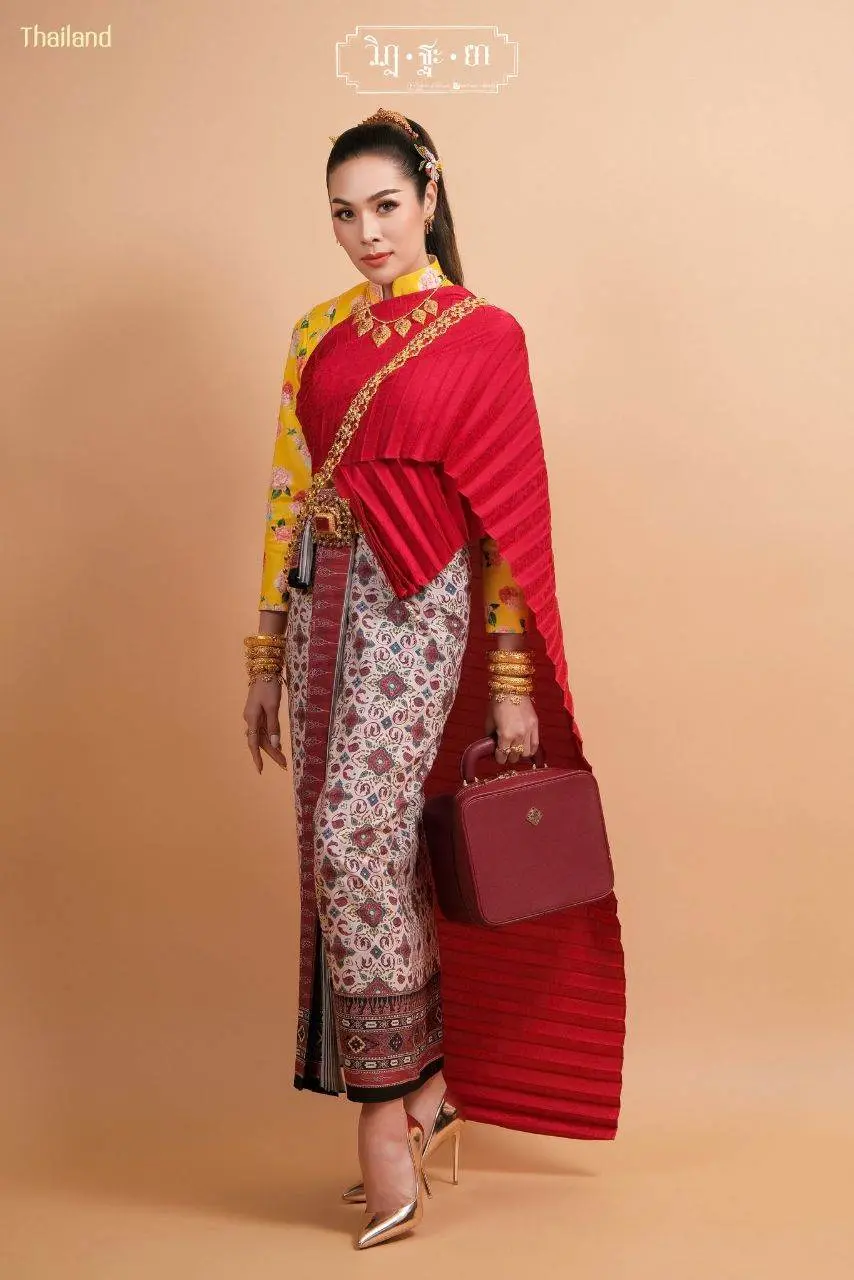
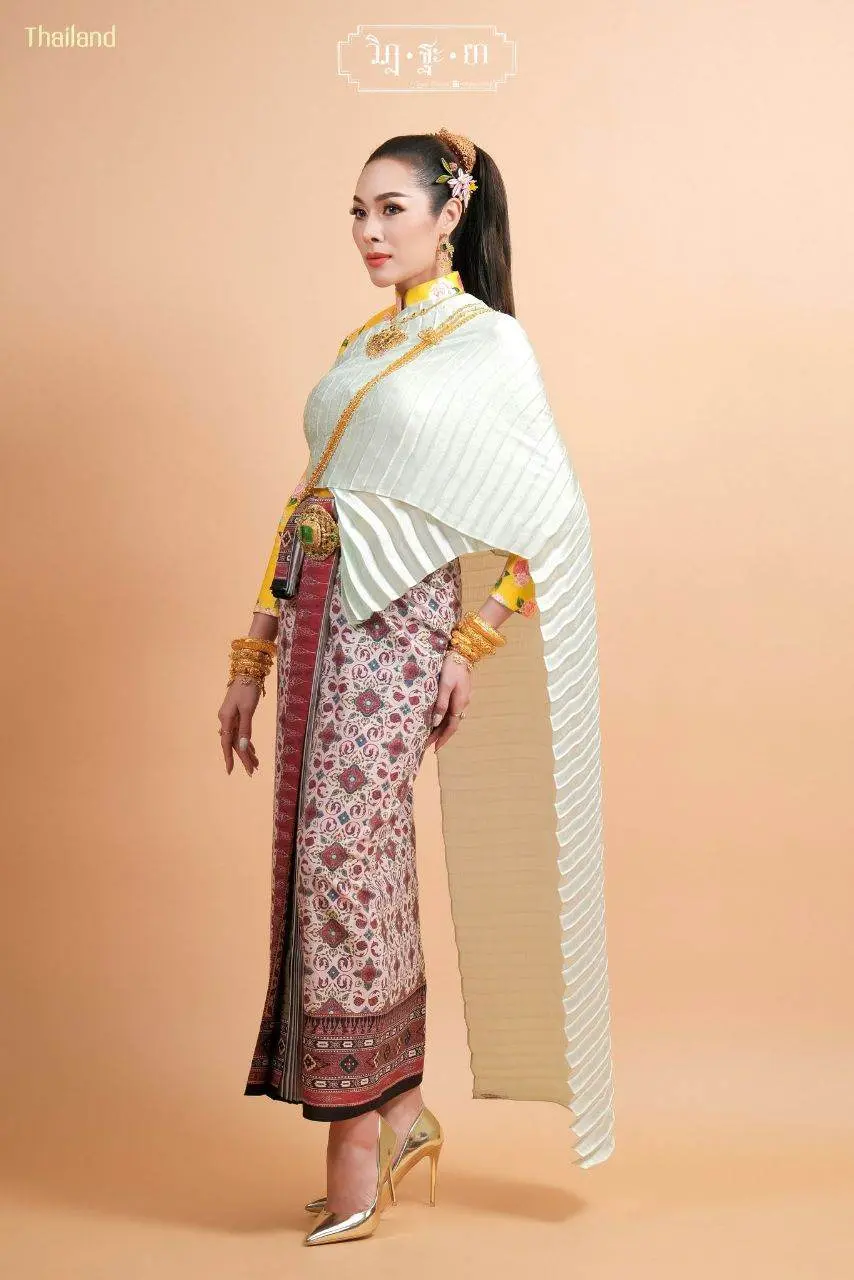
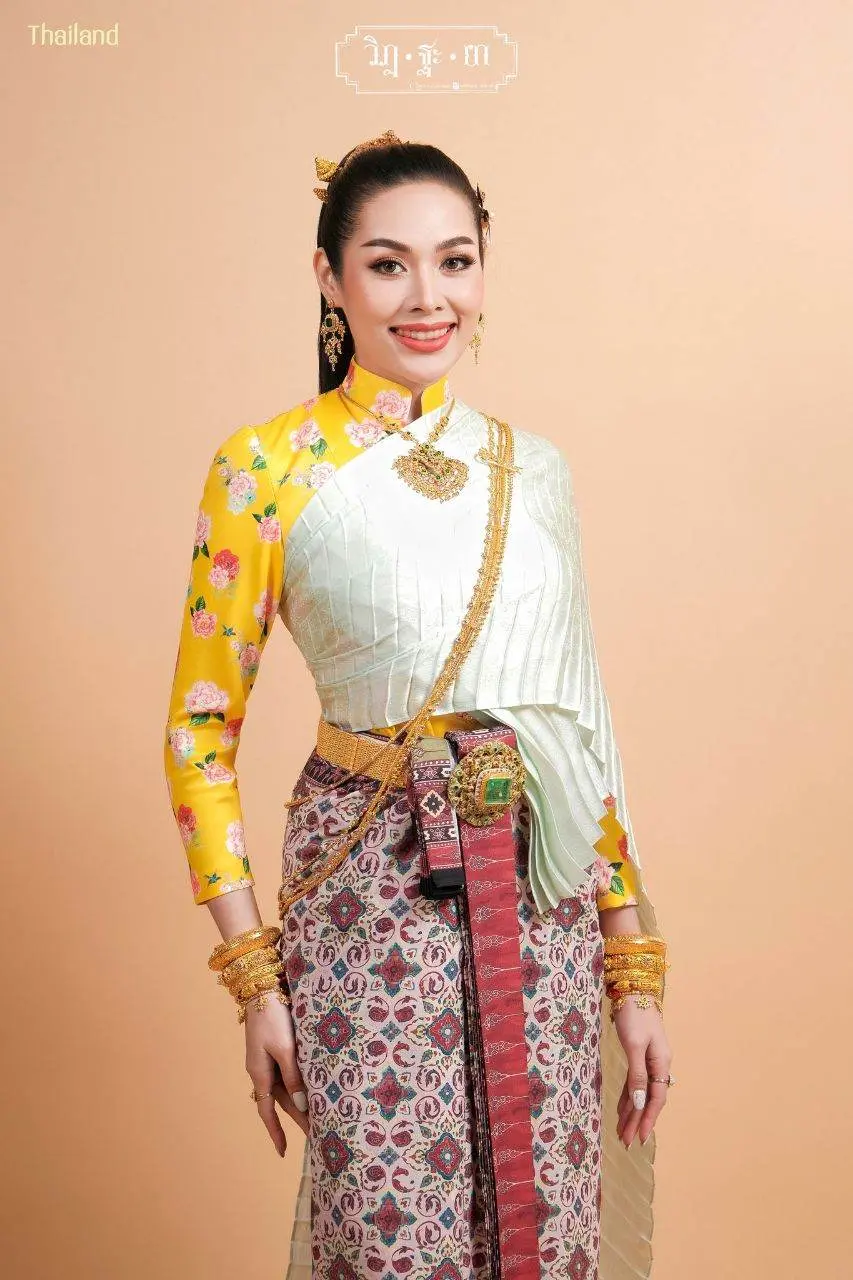
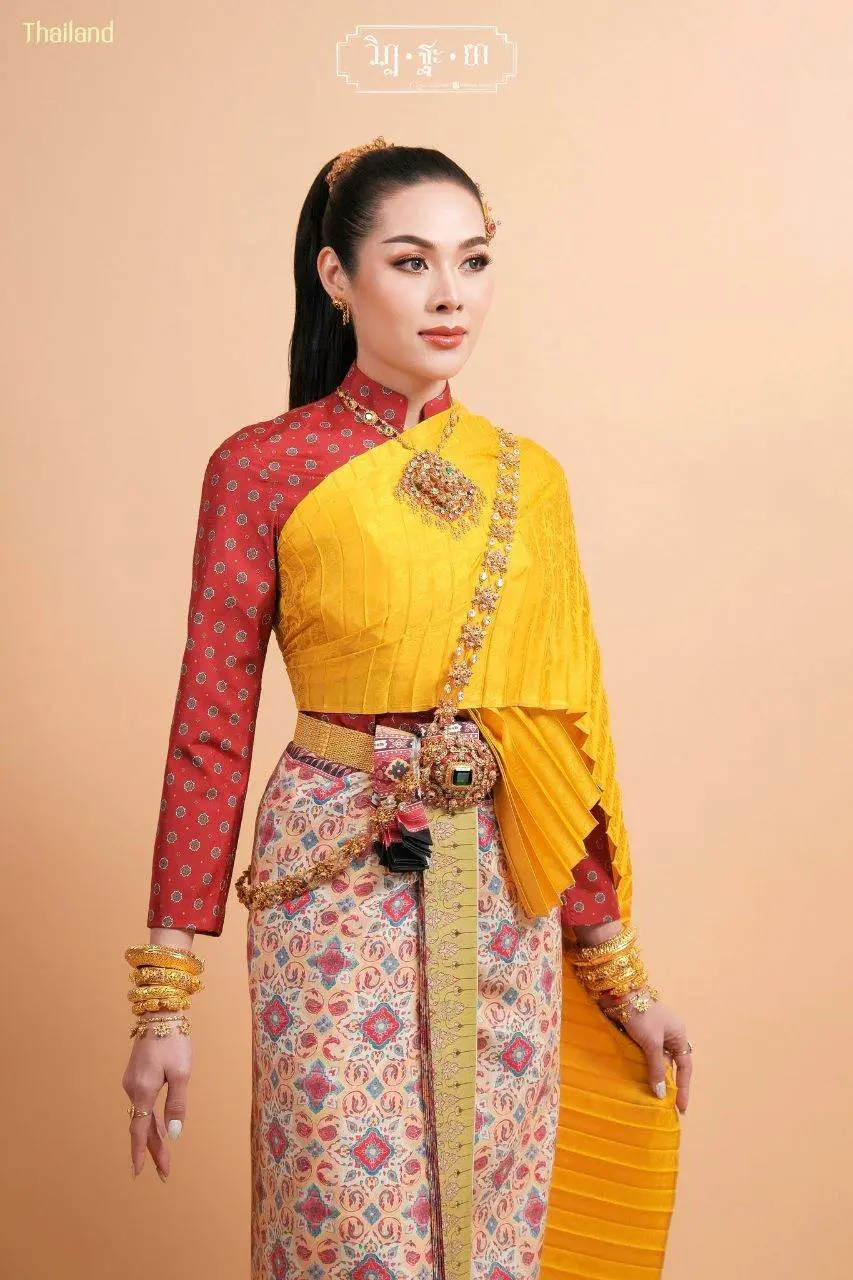
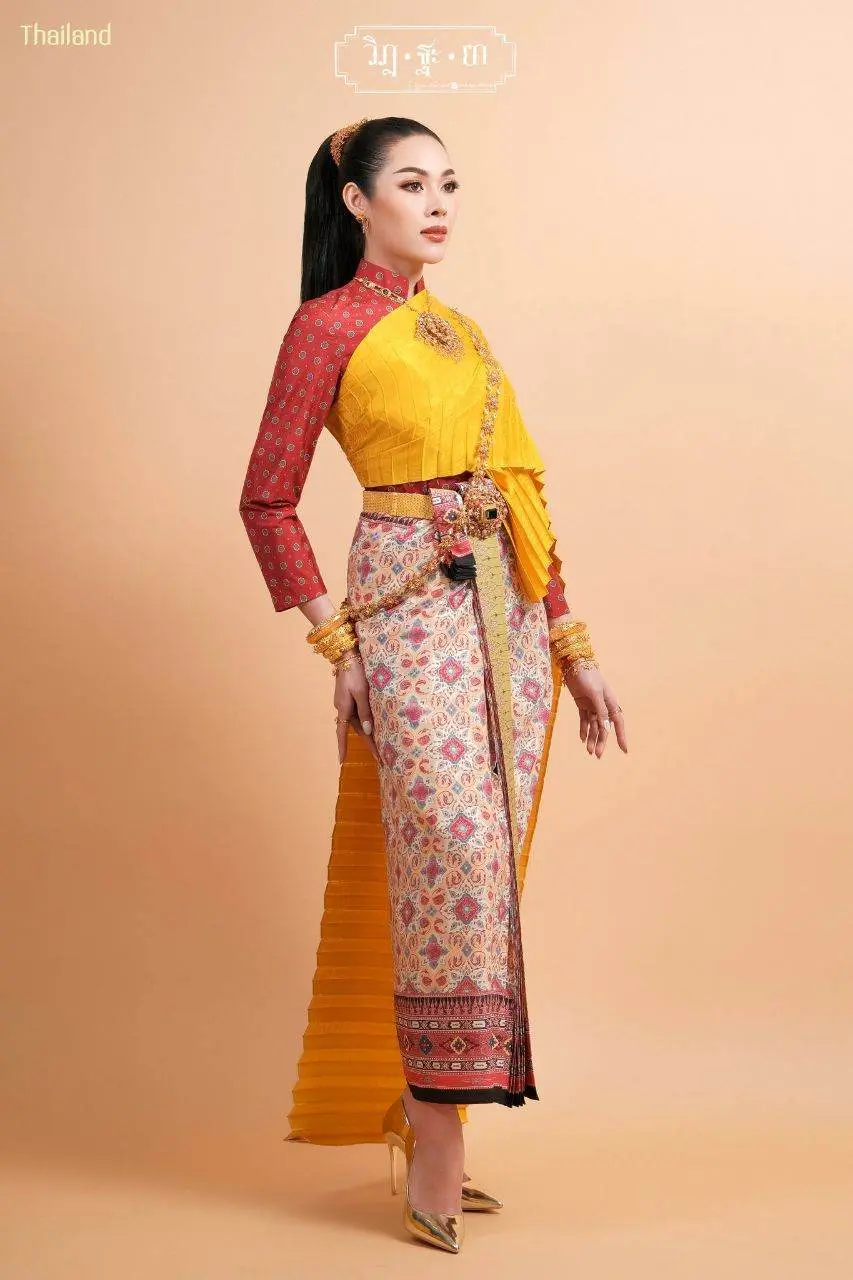
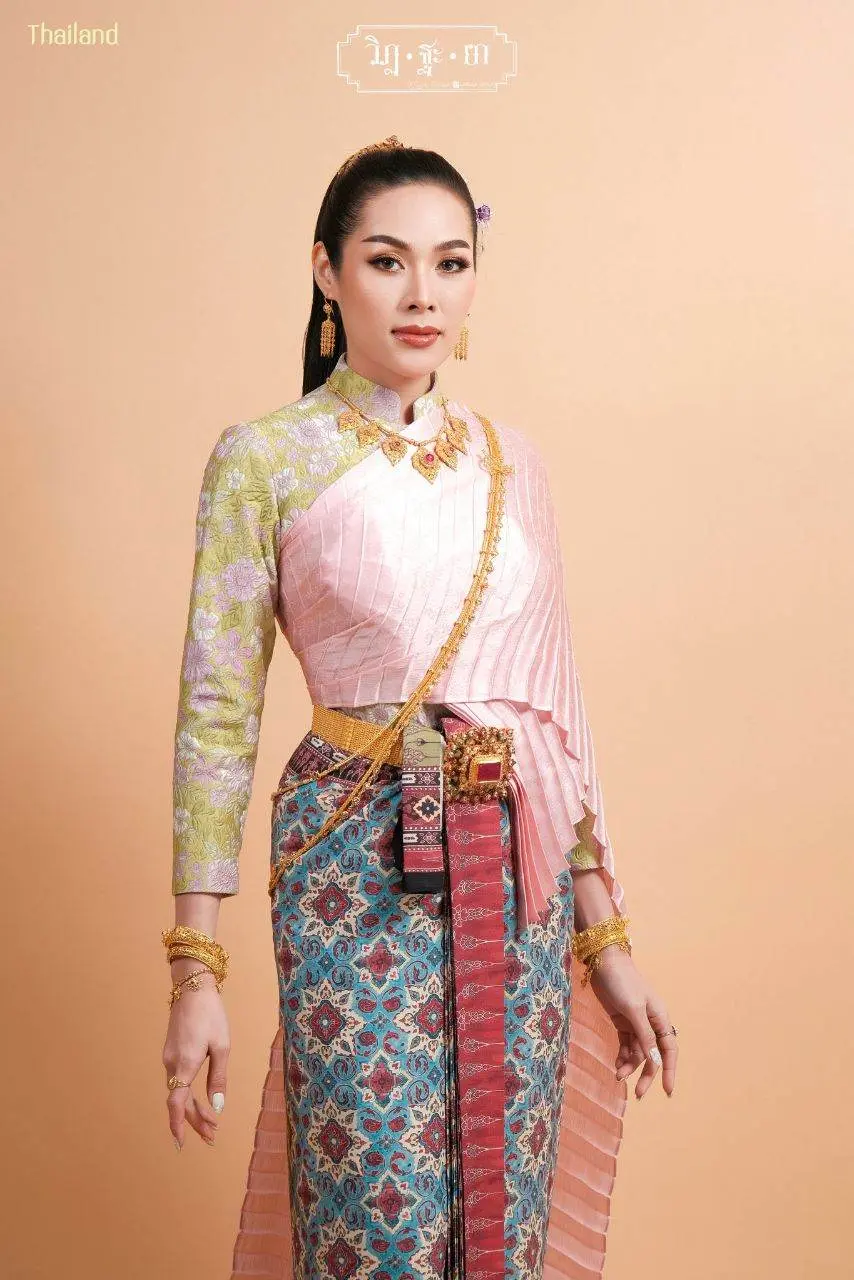
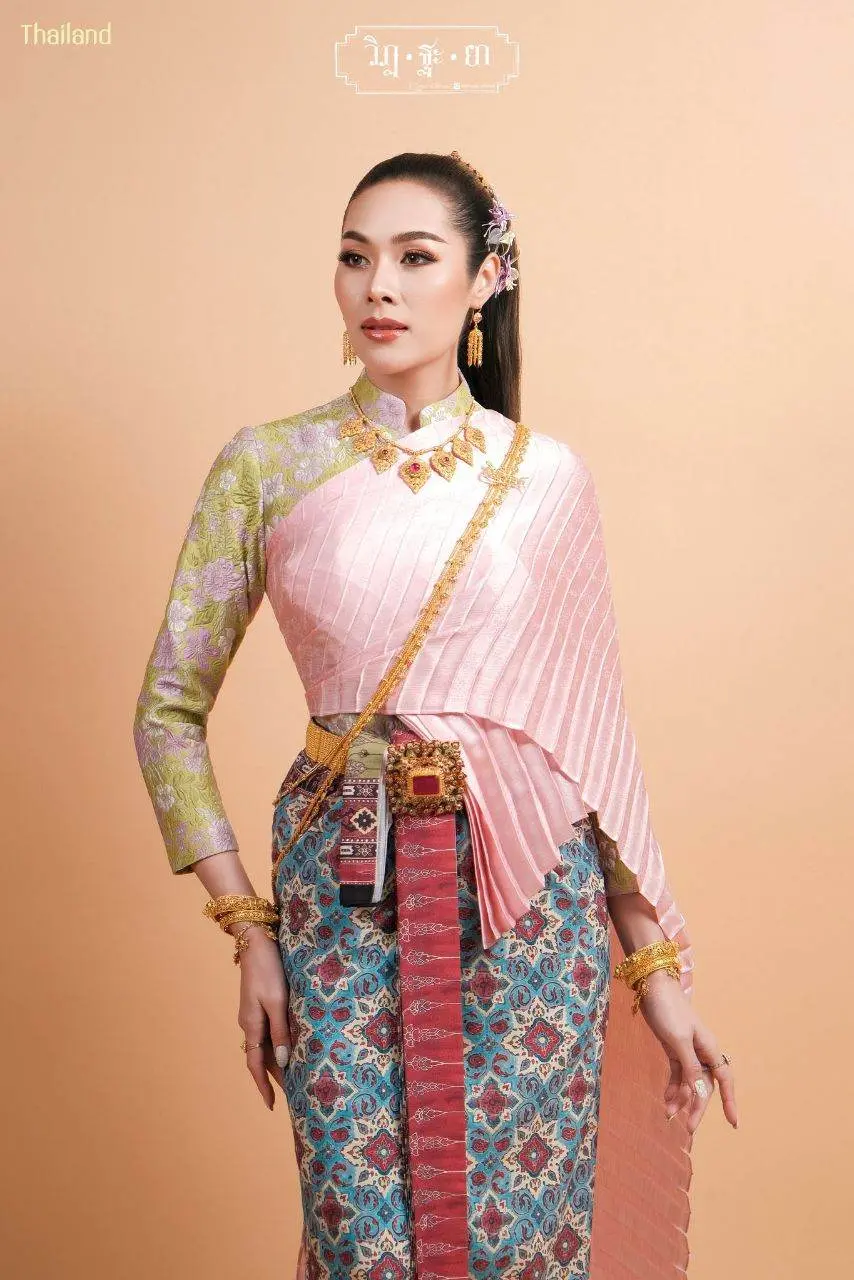
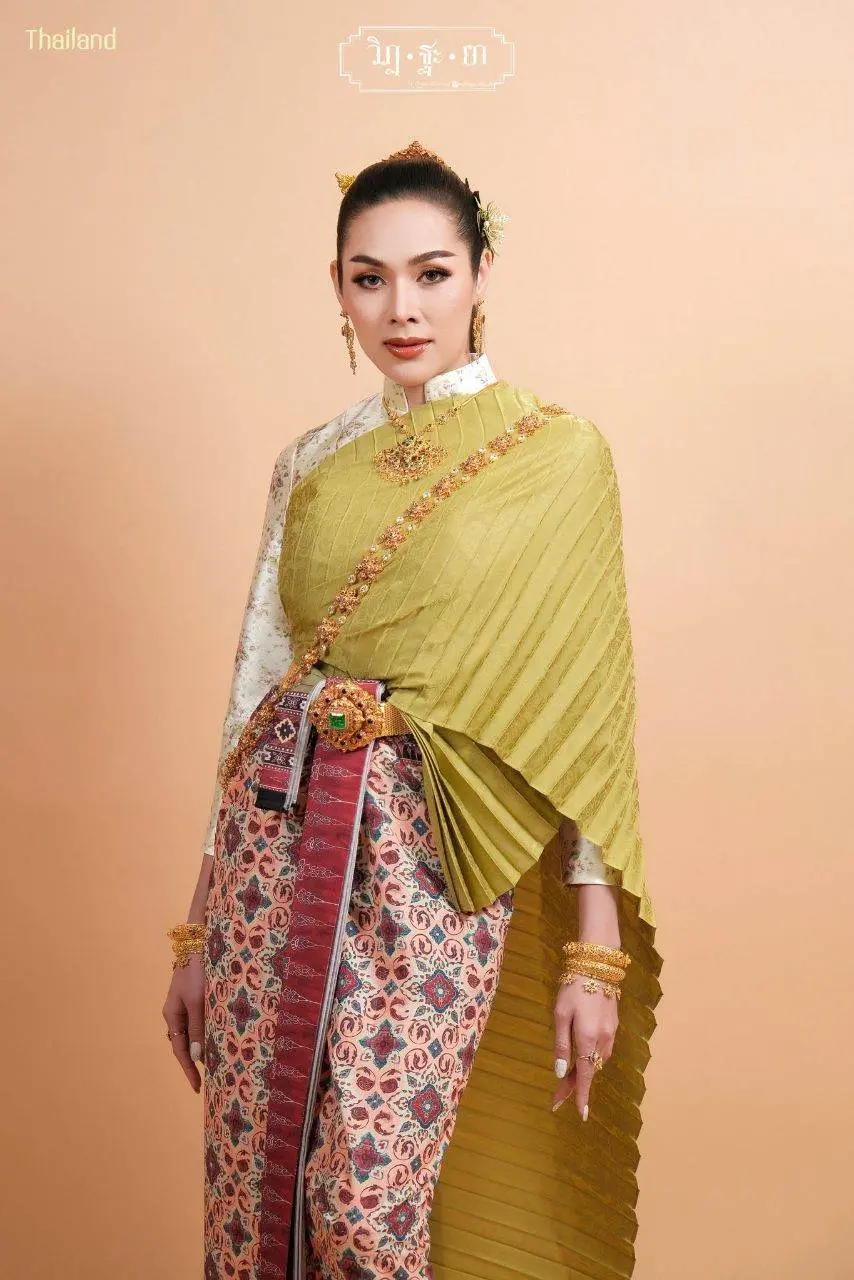
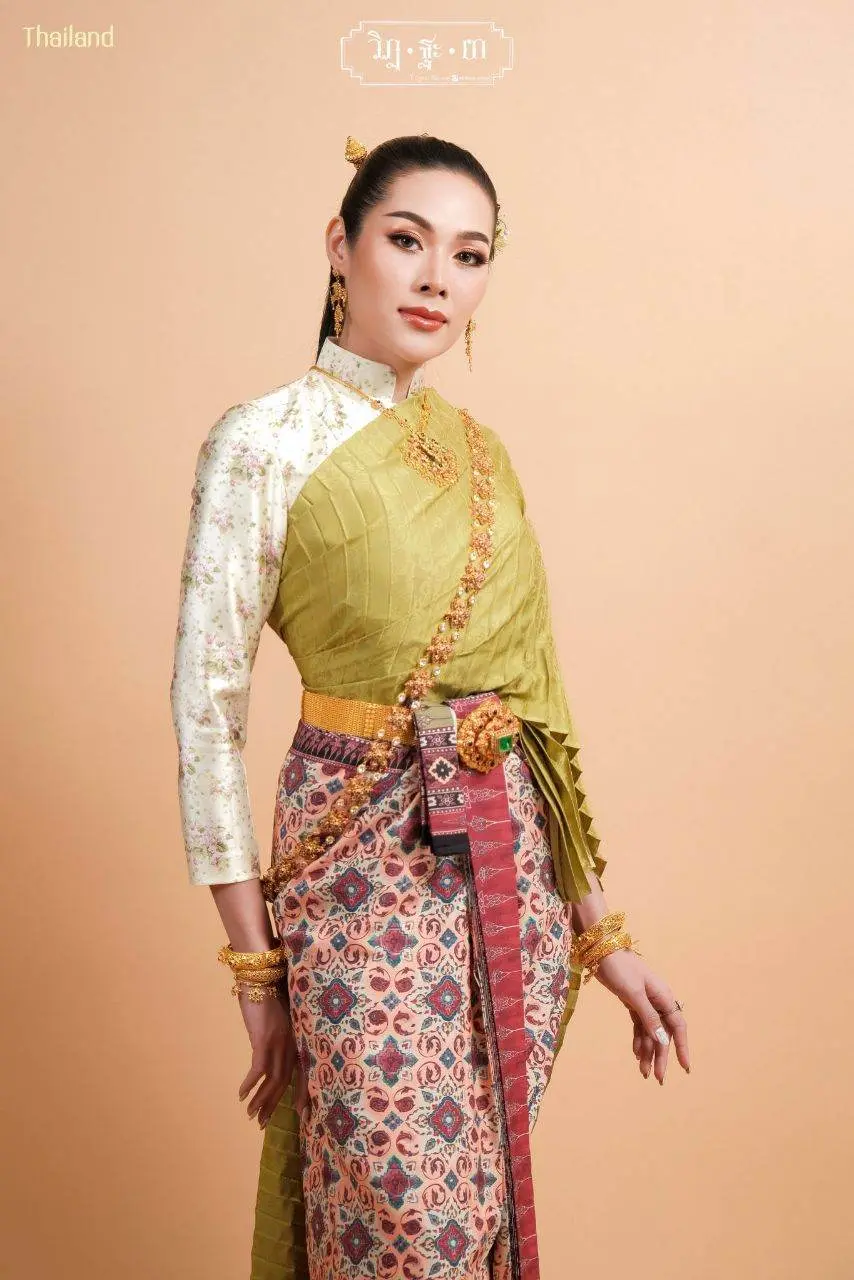
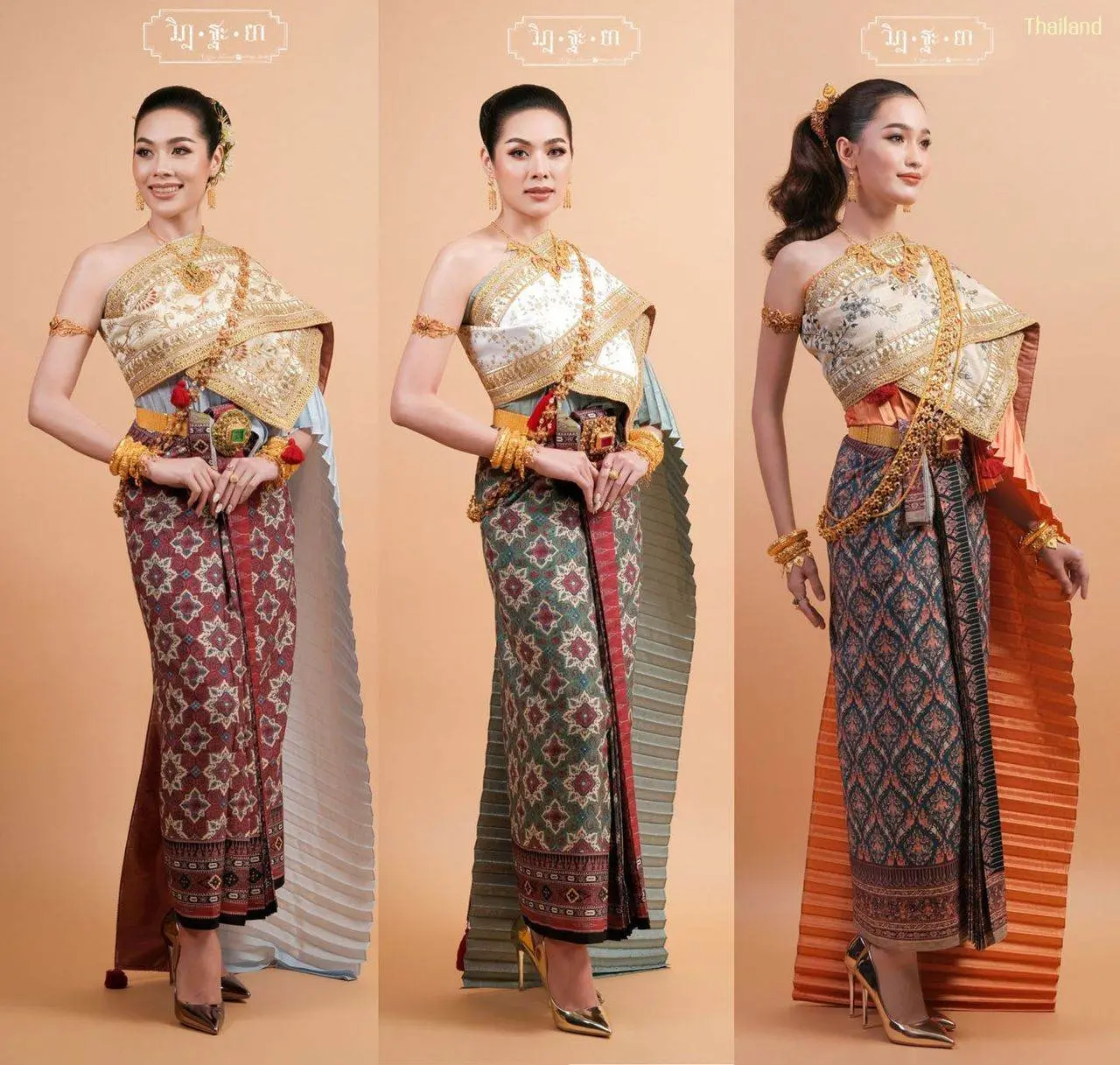
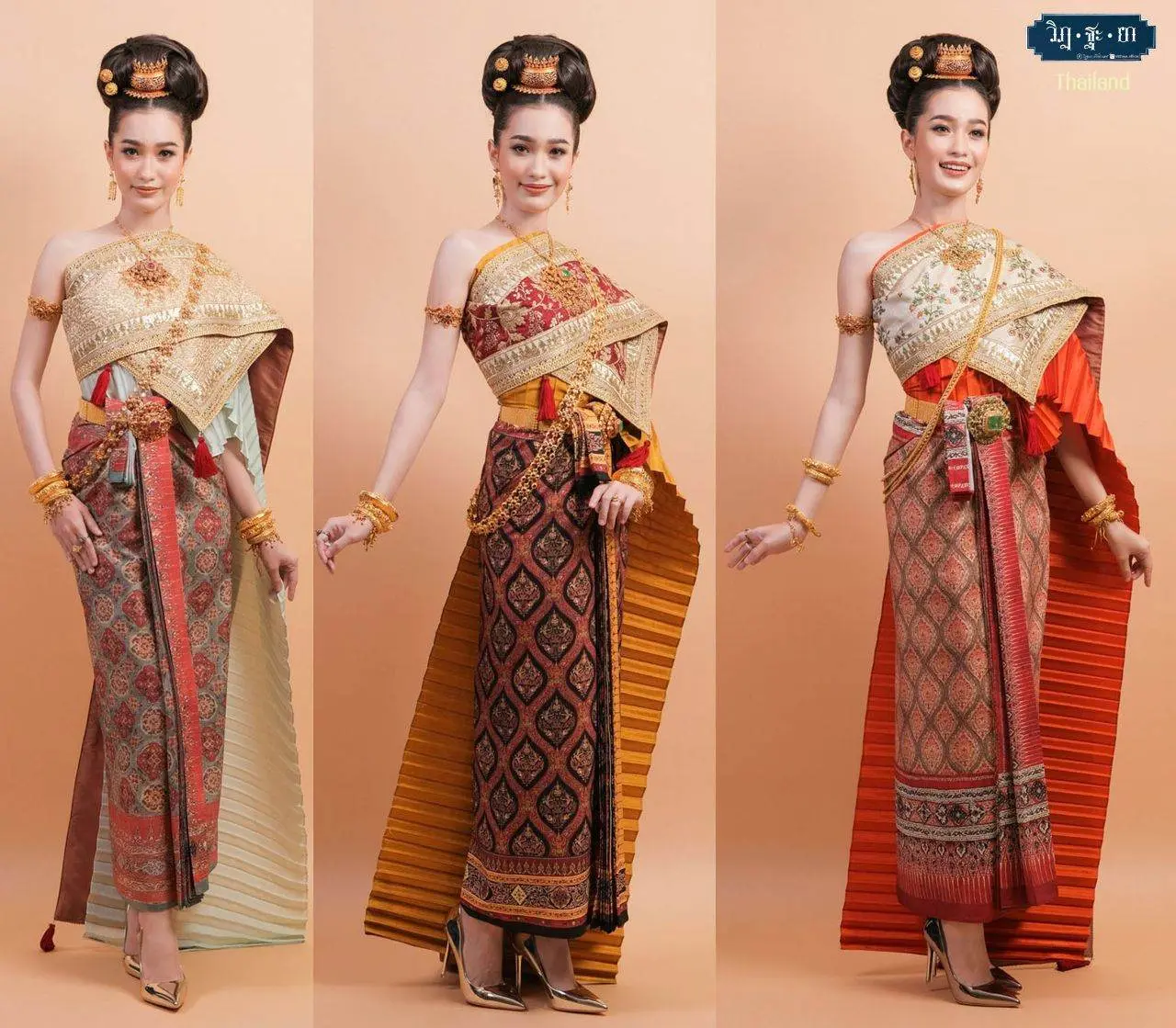
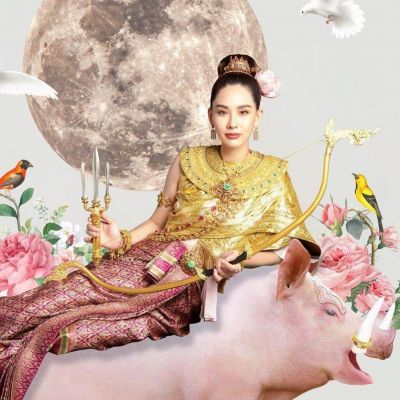 SONGKRAN LADY "รากษสเทวี, Rak Sod Devi" | THAILAND 🇹🇭
SONGKRAN LADY "รากษสเทวี, Rak Sod Devi" | THAILAND 🇹🇭 Thai handiwork - coconut leaves folding.
Thai handiwork - coconut leaves folding. Thai Traditional Dress Portrait 🇹🇭 (๒)
Thai Traditional Dress Portrait 🇹🇭 (๒)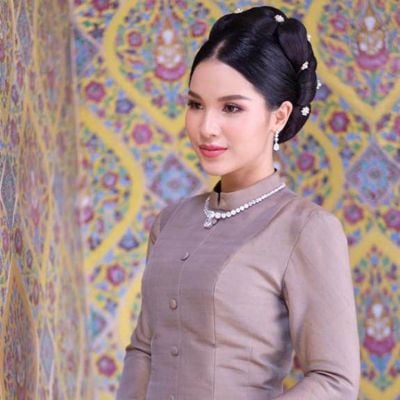 Thai Chitralada Dress: ชุดไทยจิตรลดา | THAILAND
Thai Chitralada Dress: ชุดไทยจิตรลดา | THAILAND